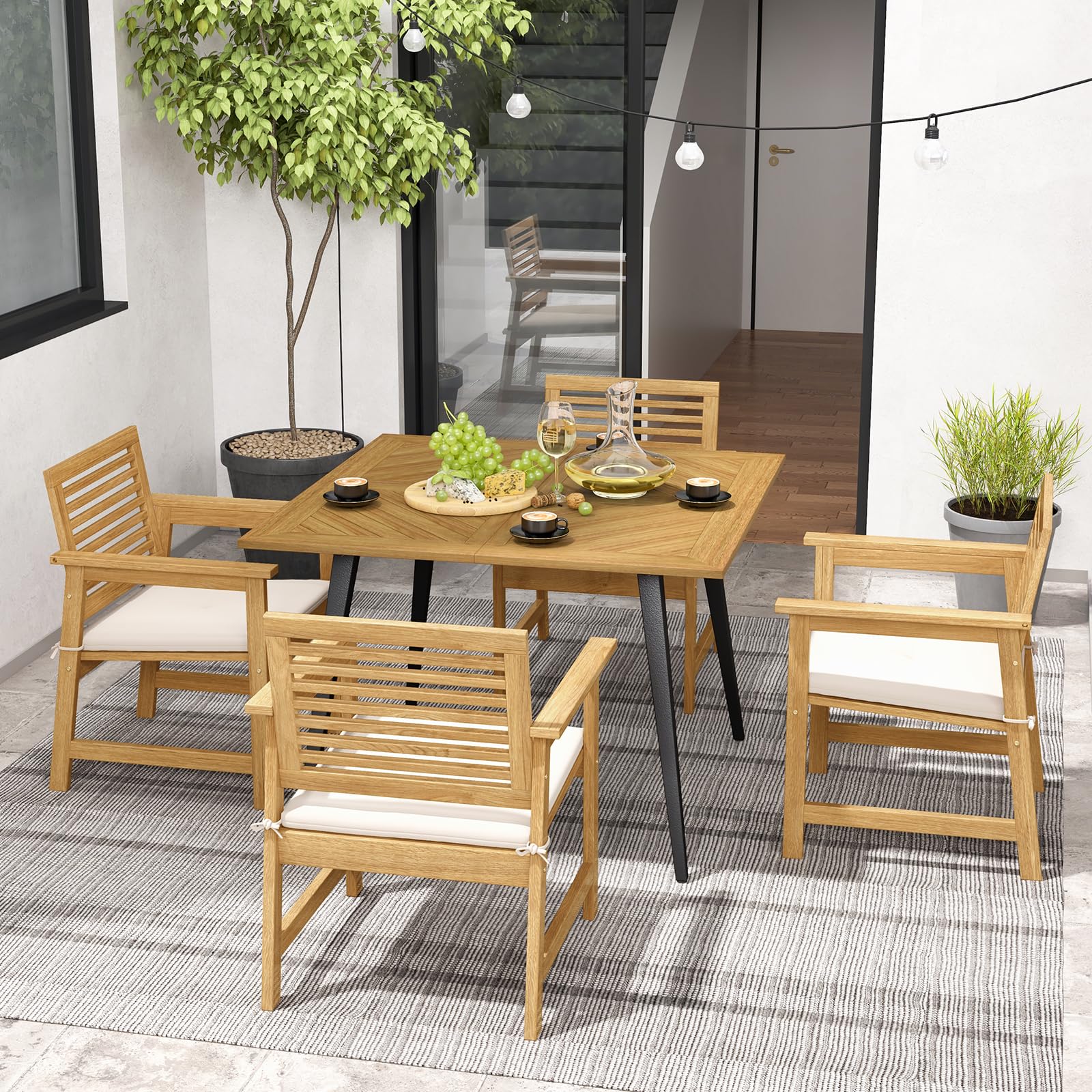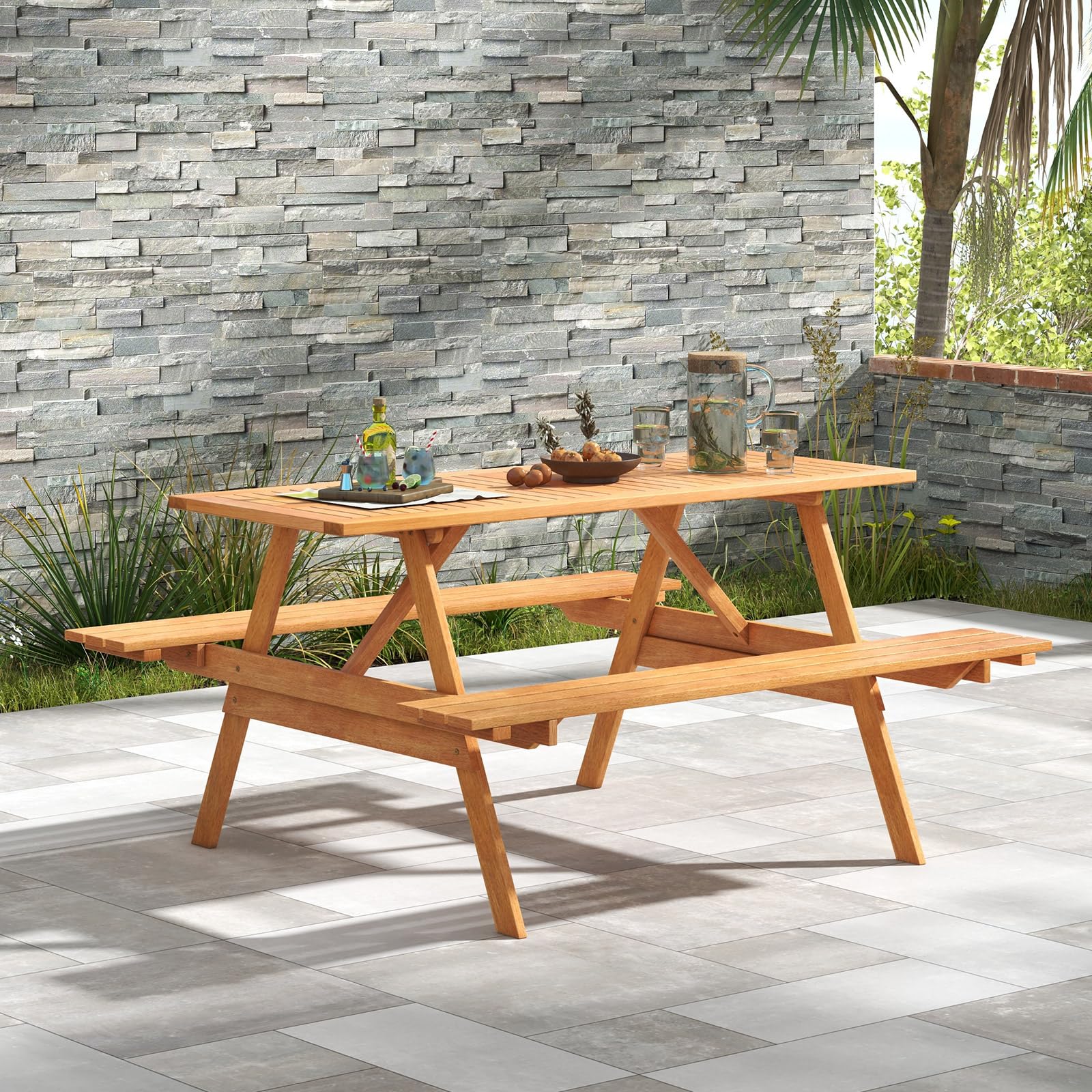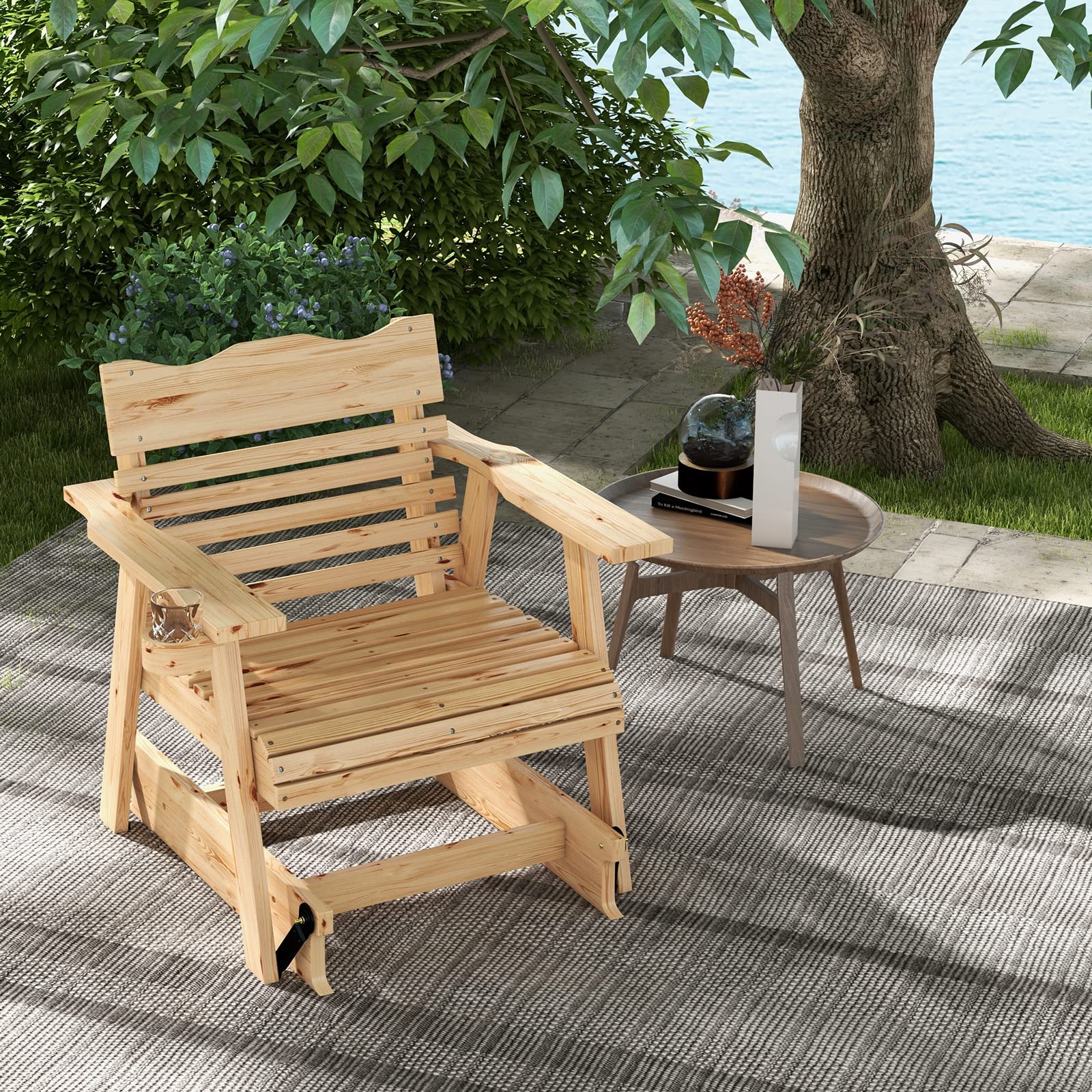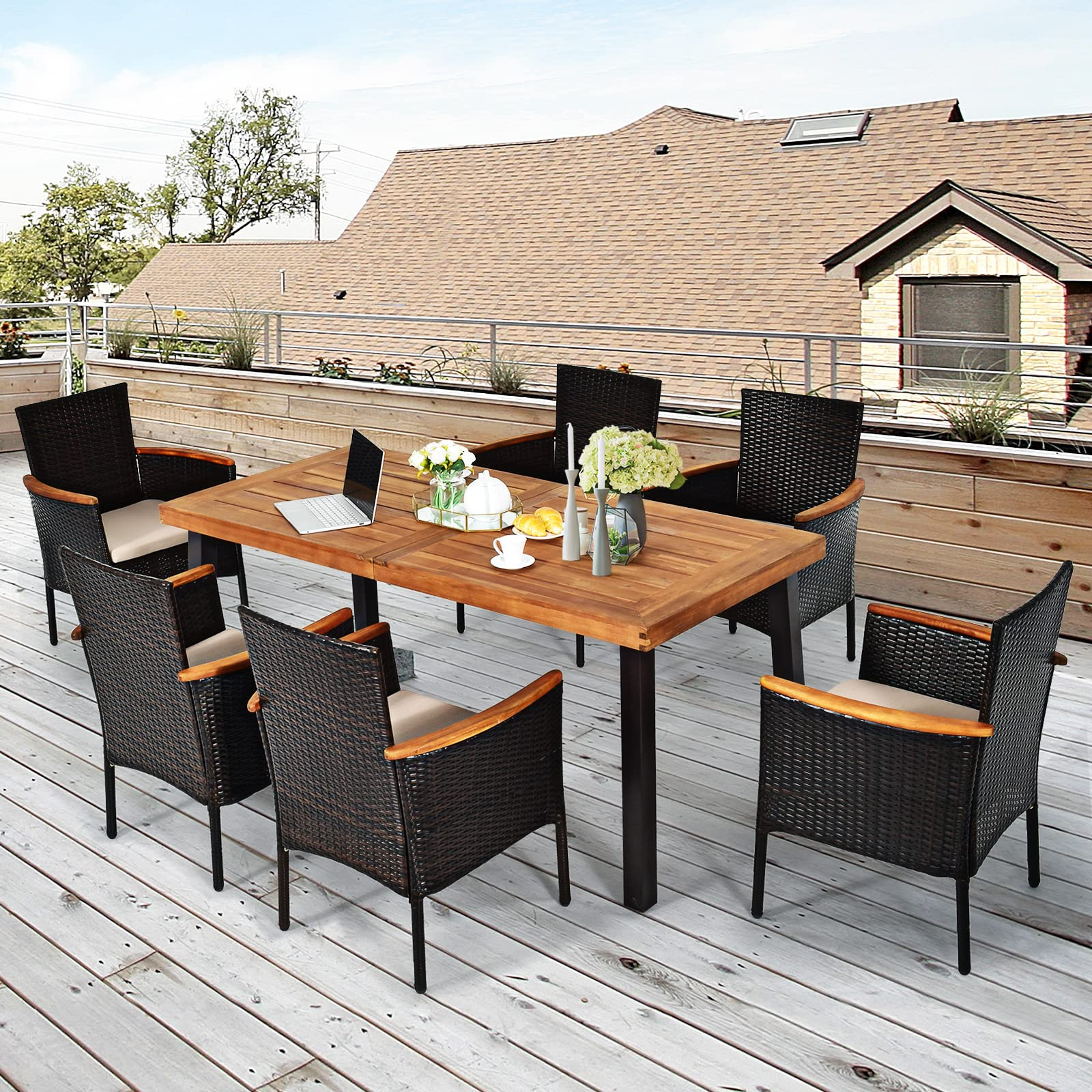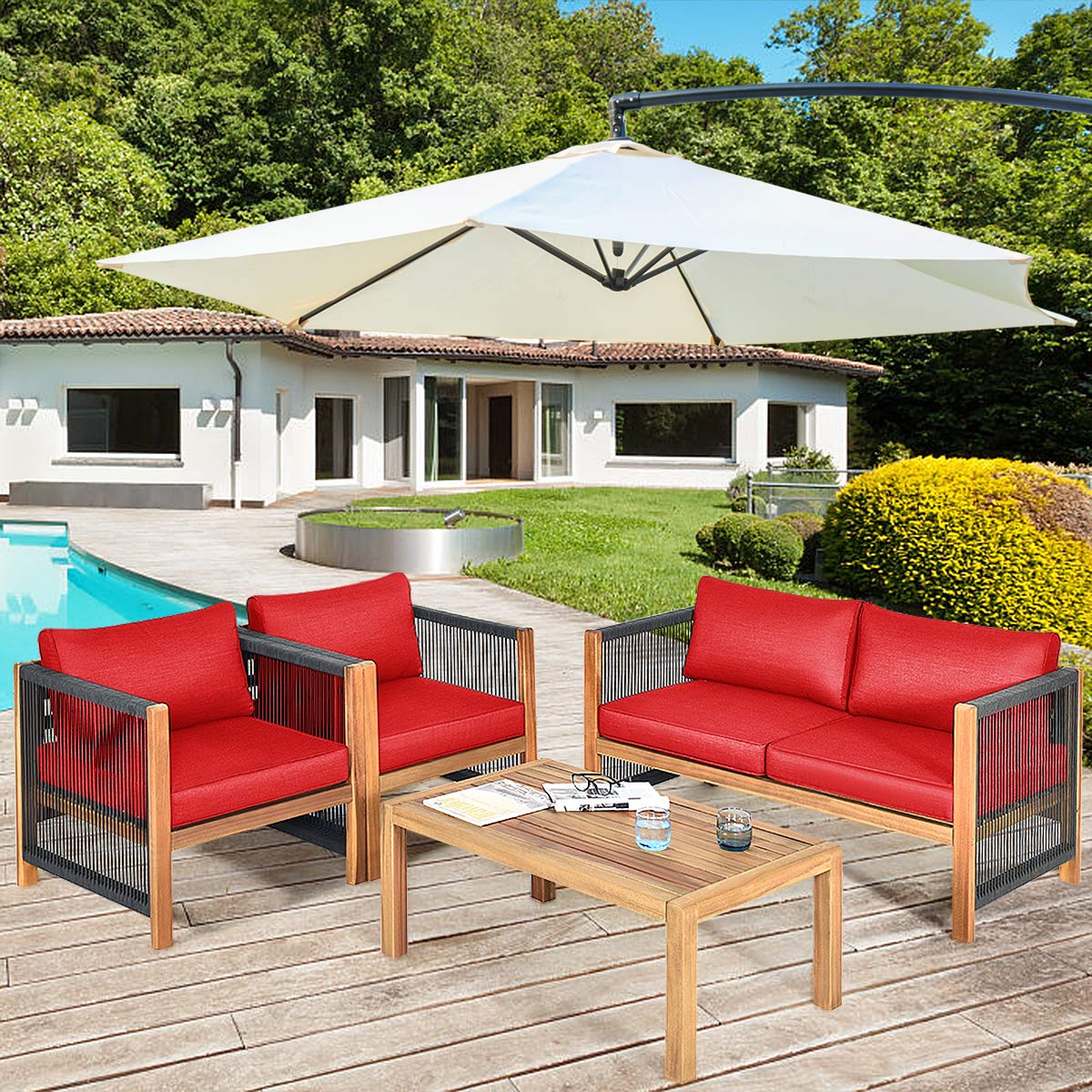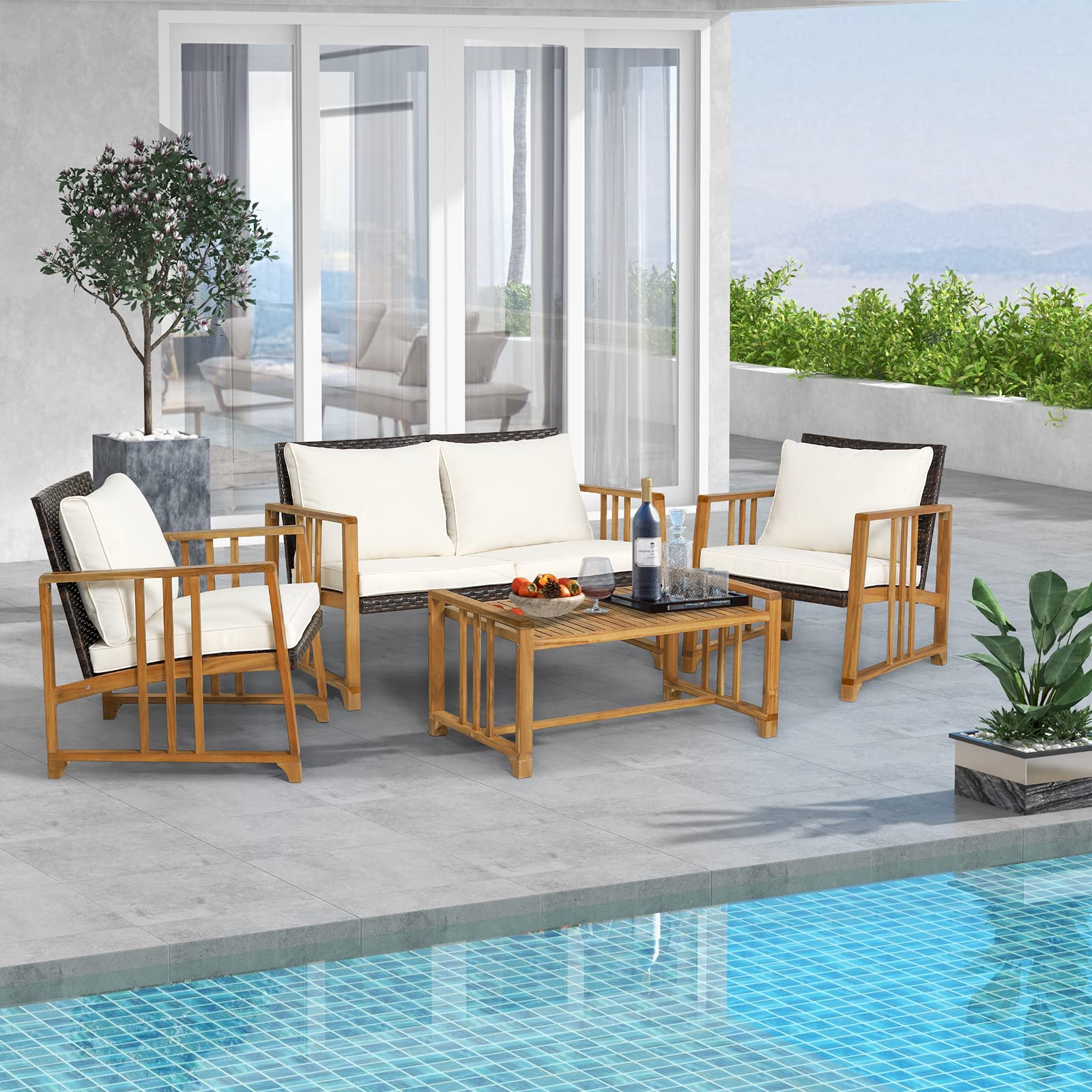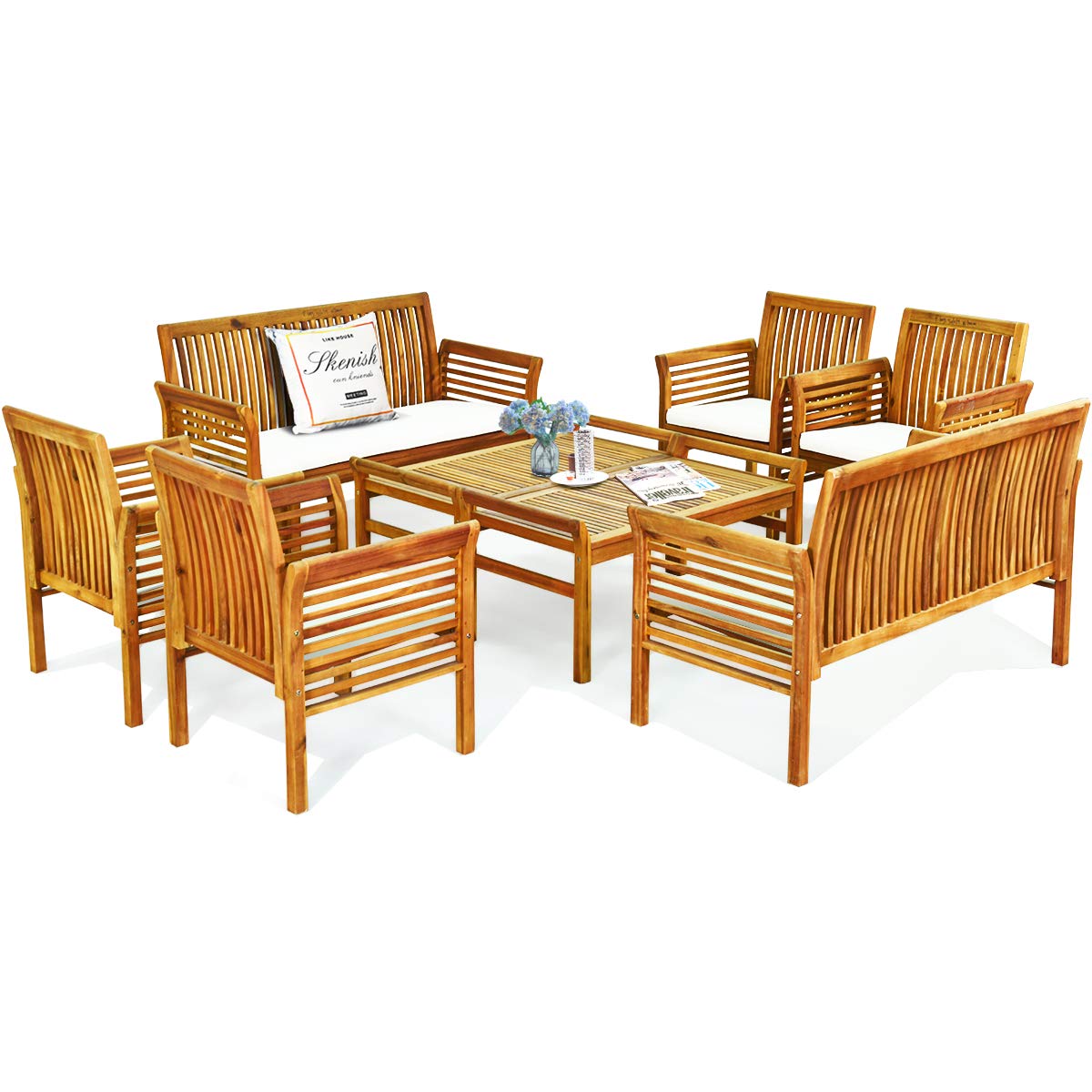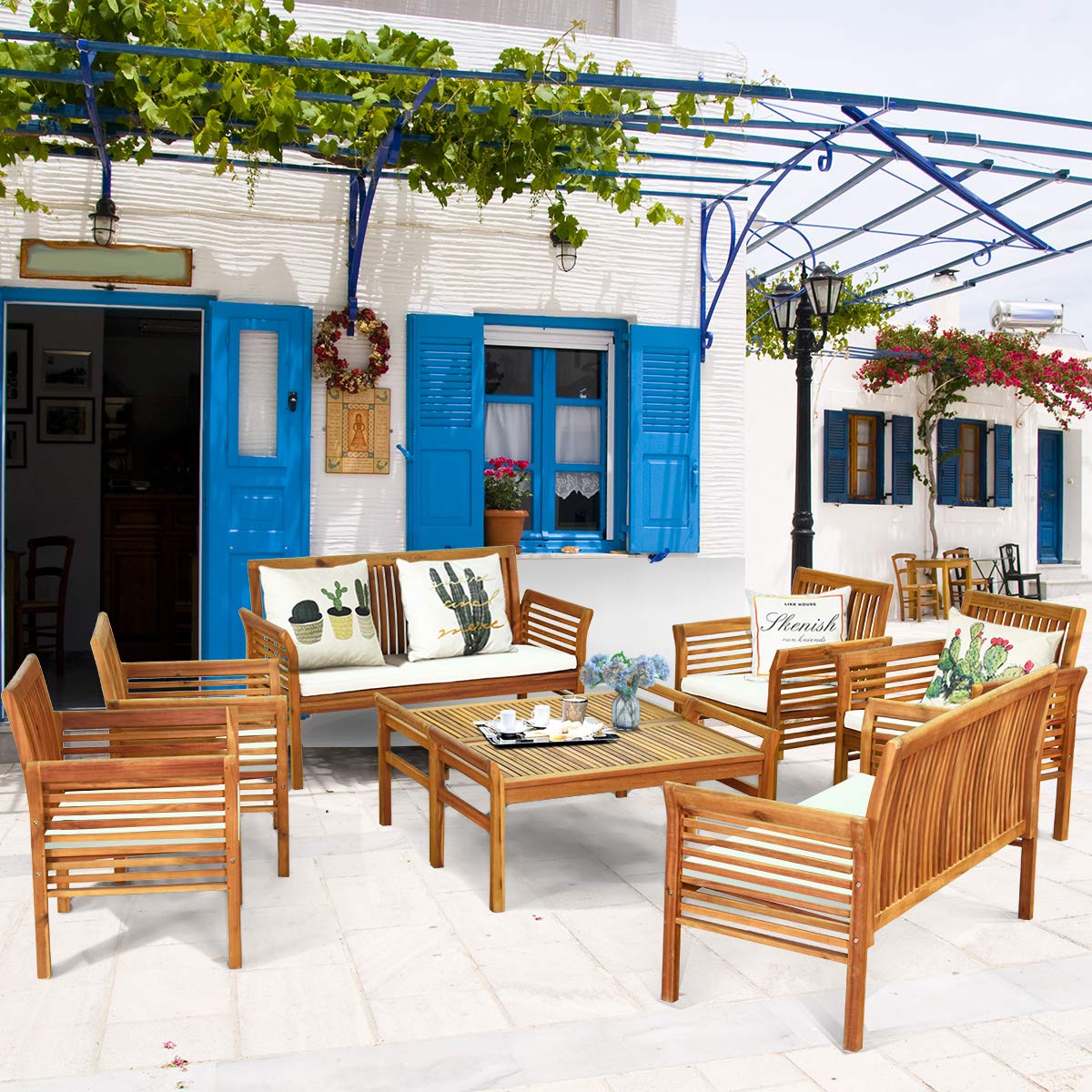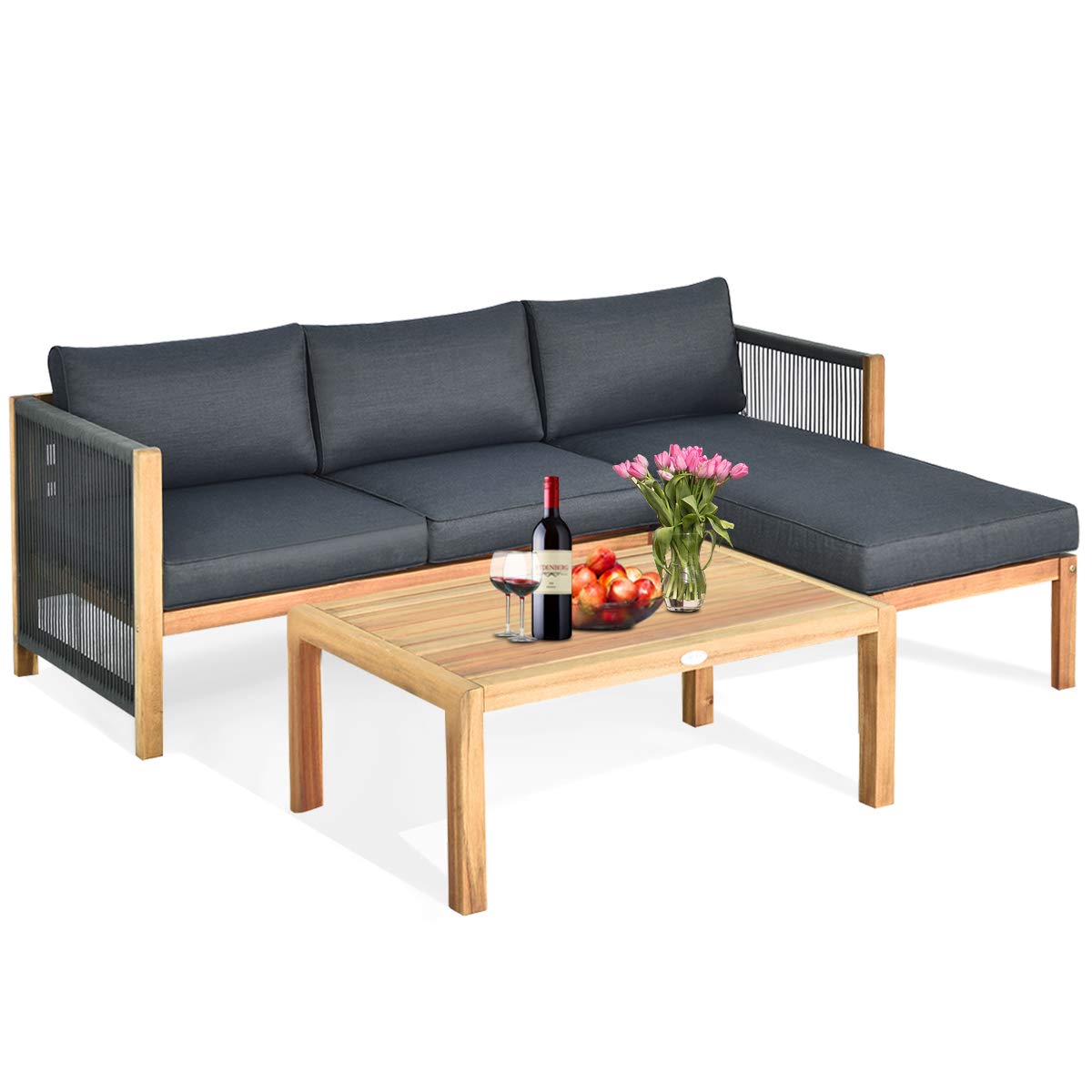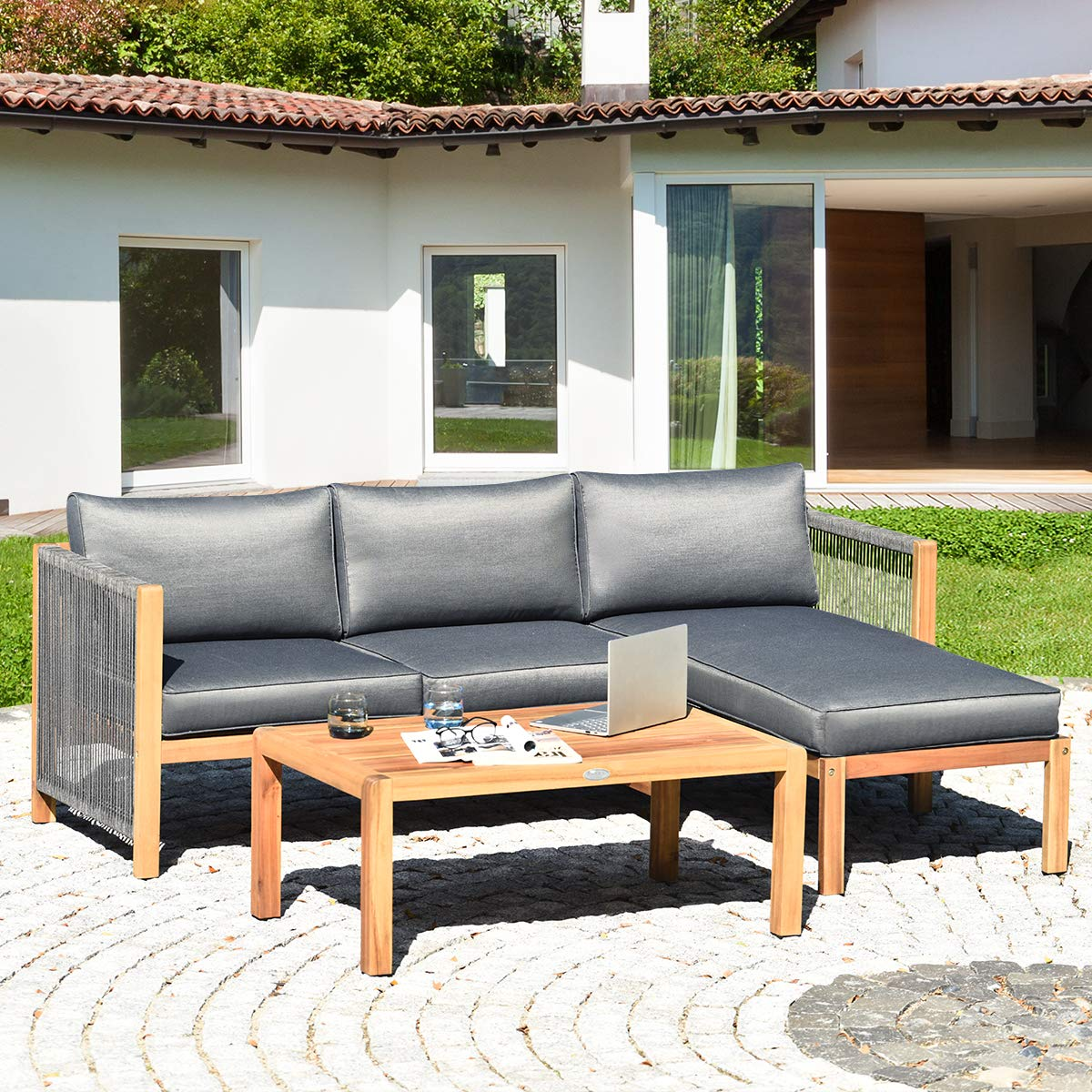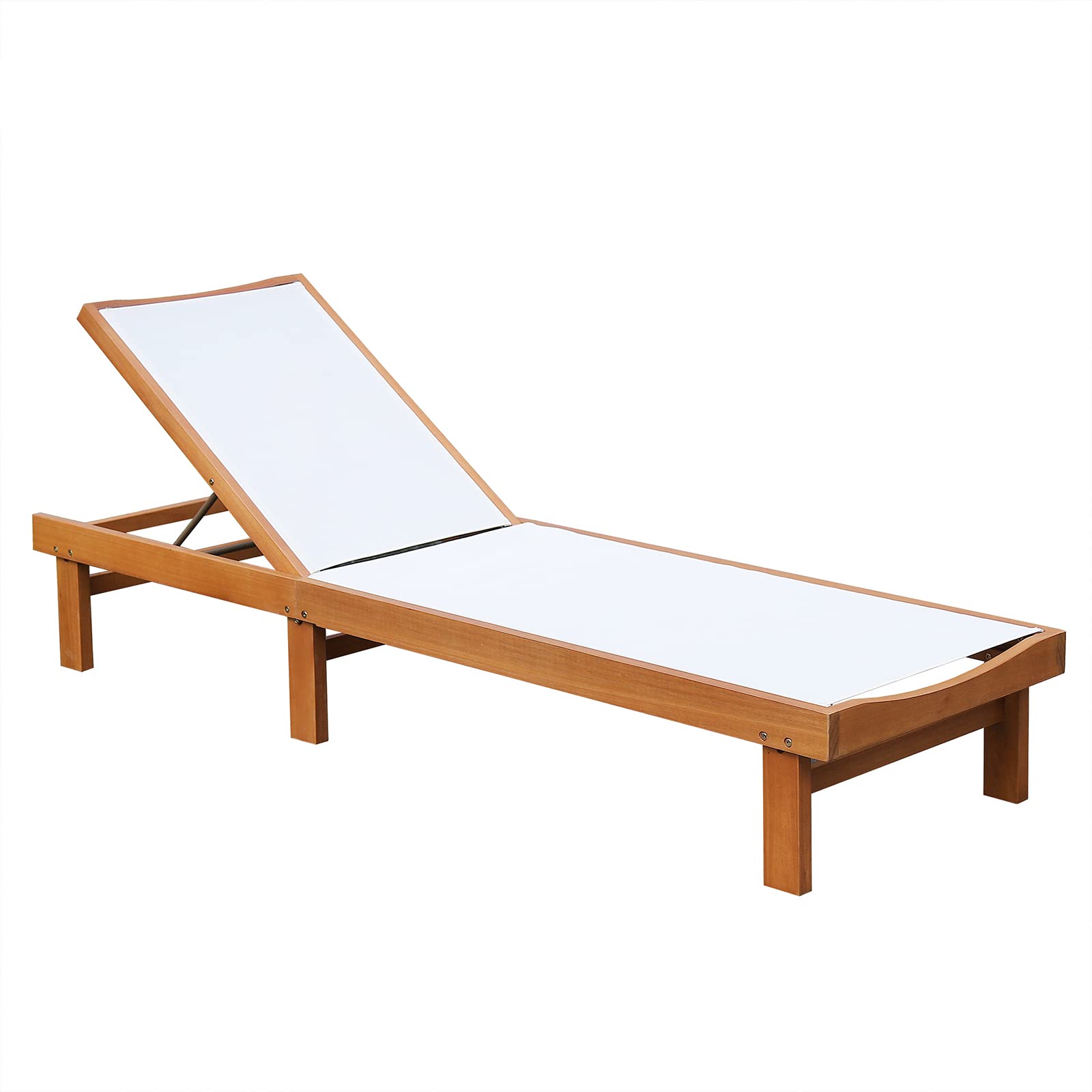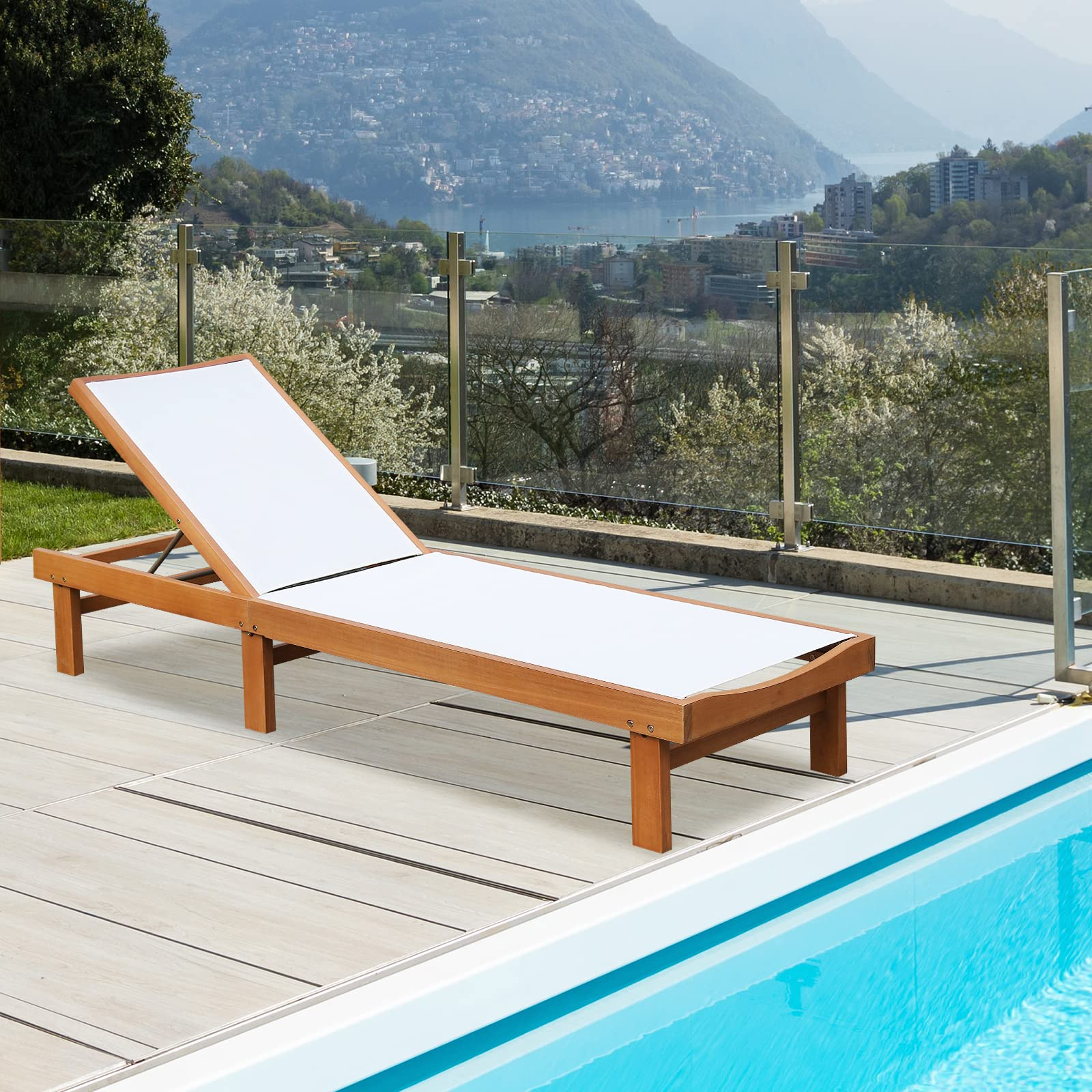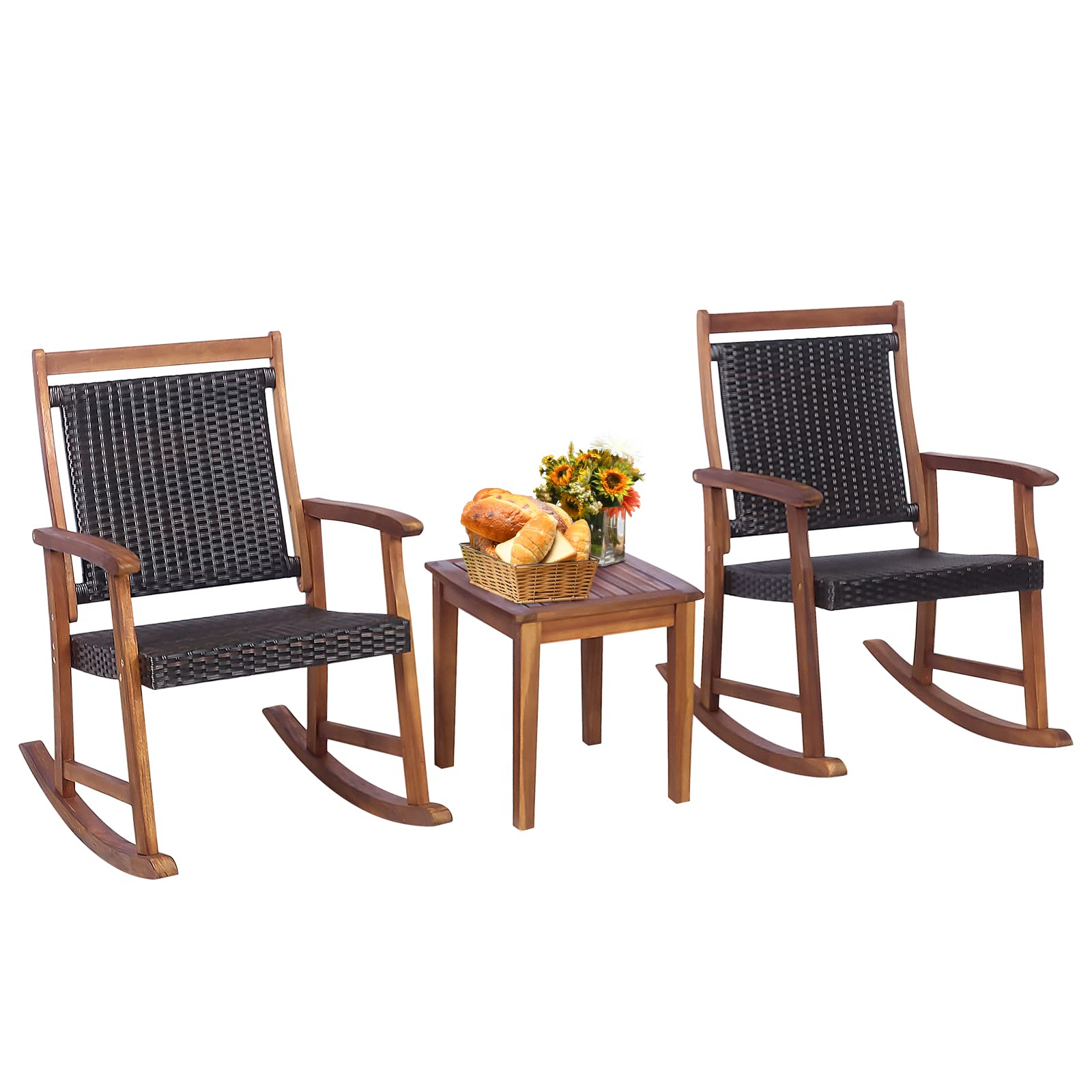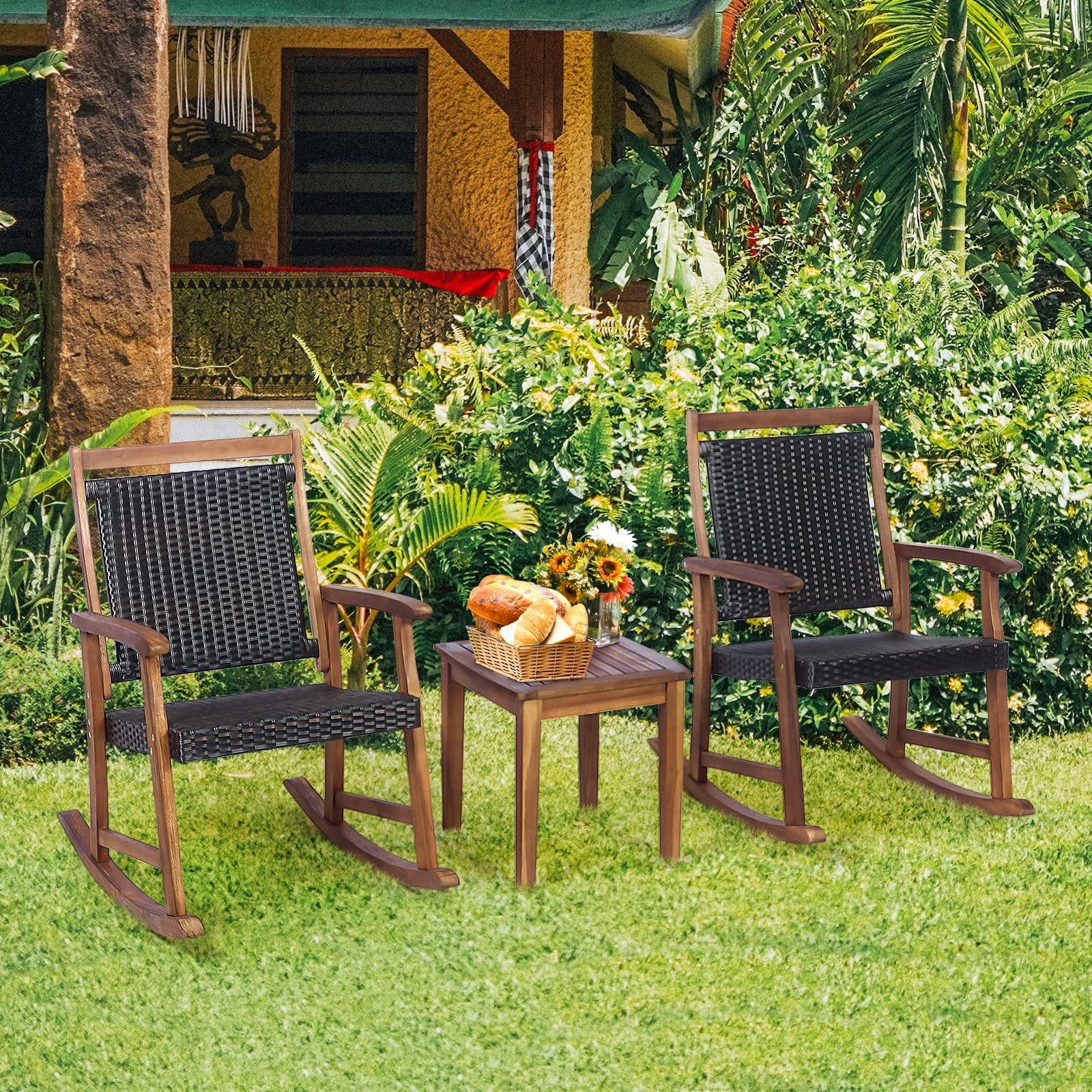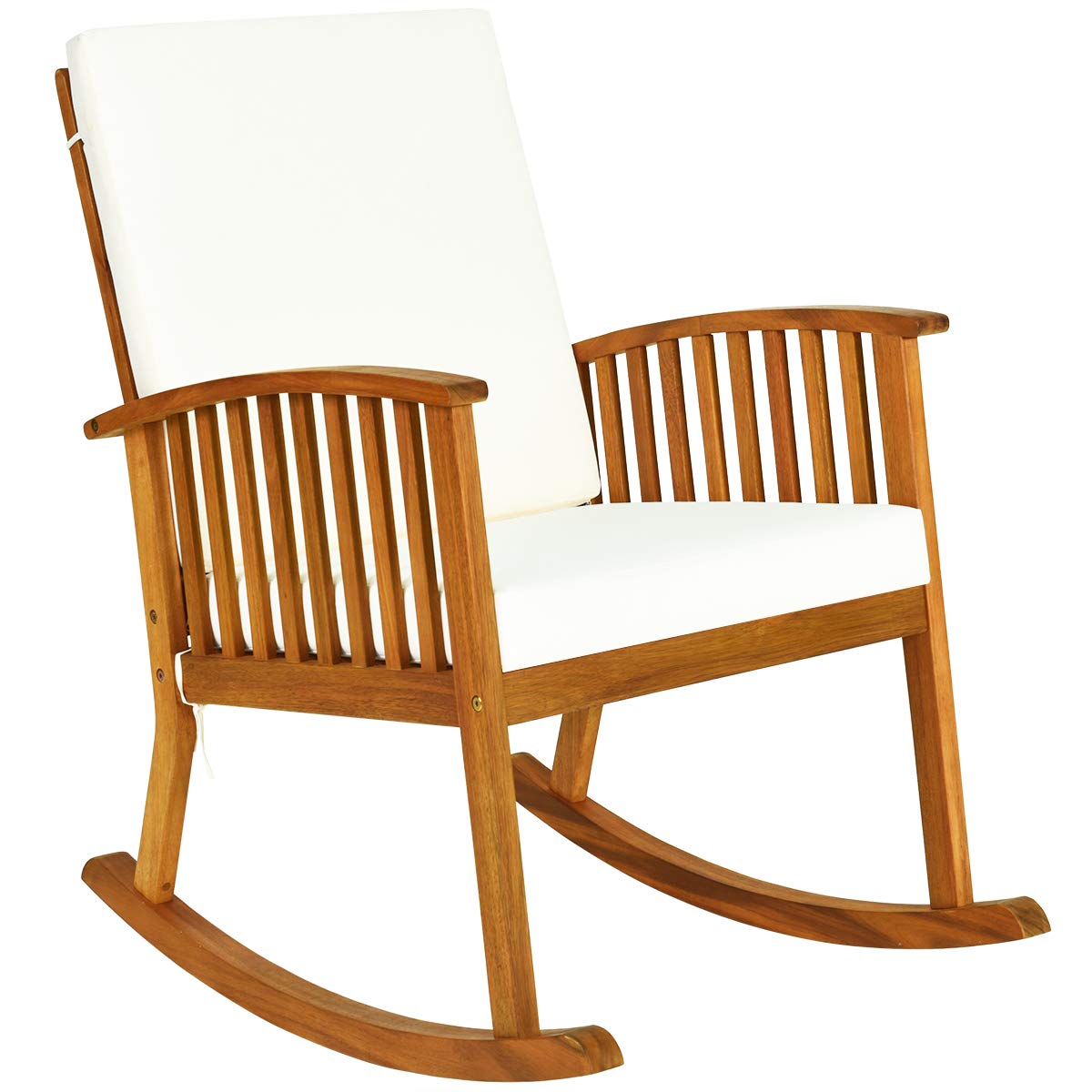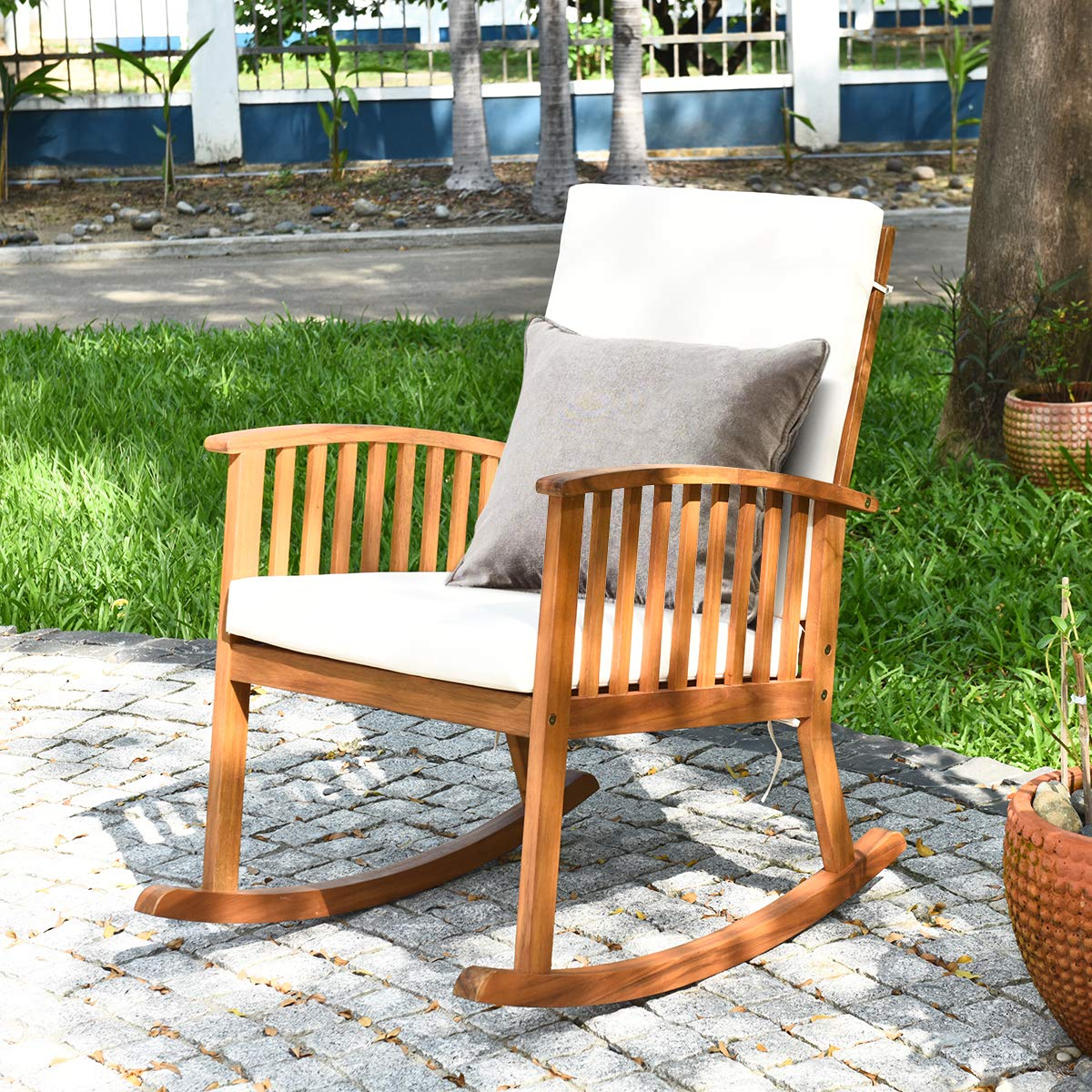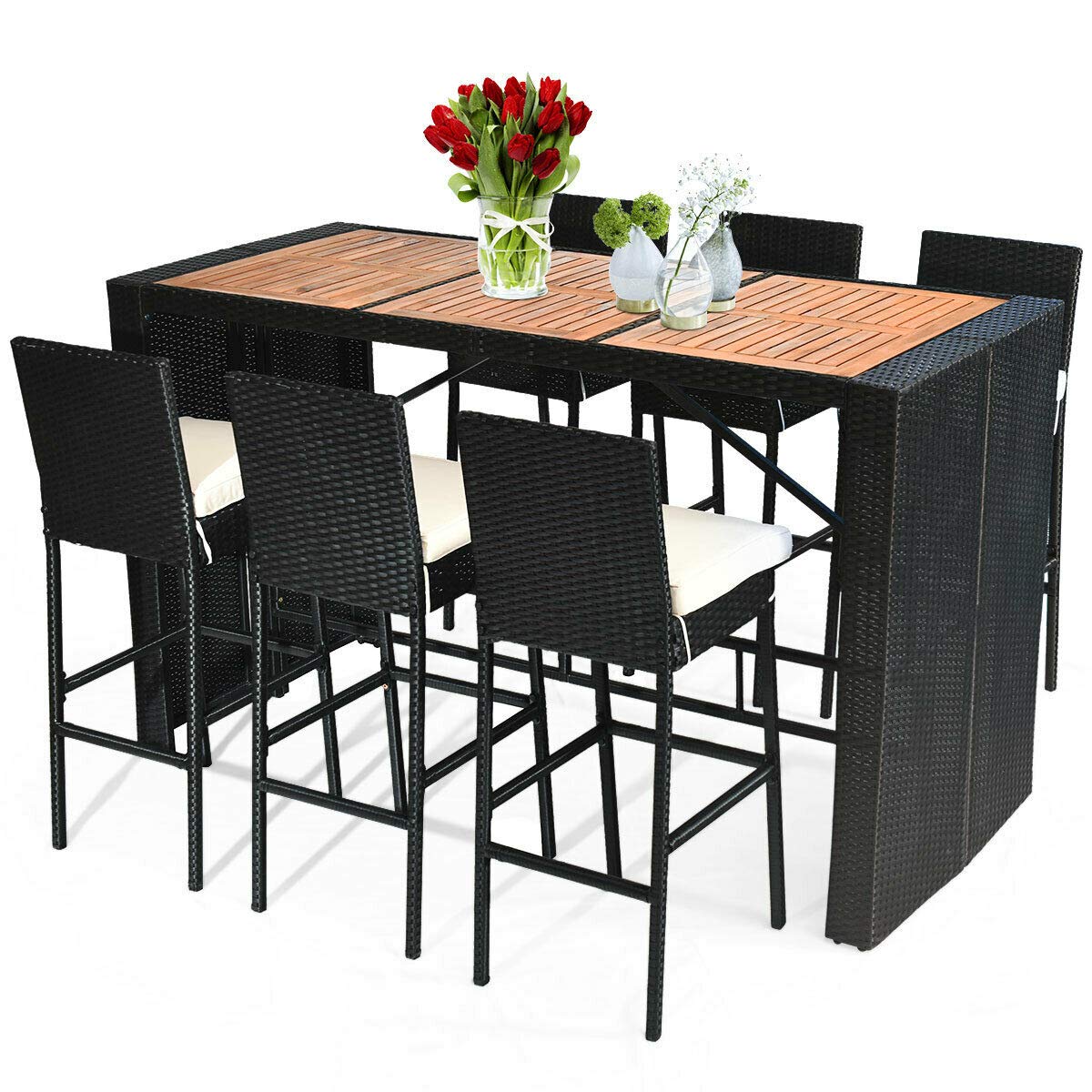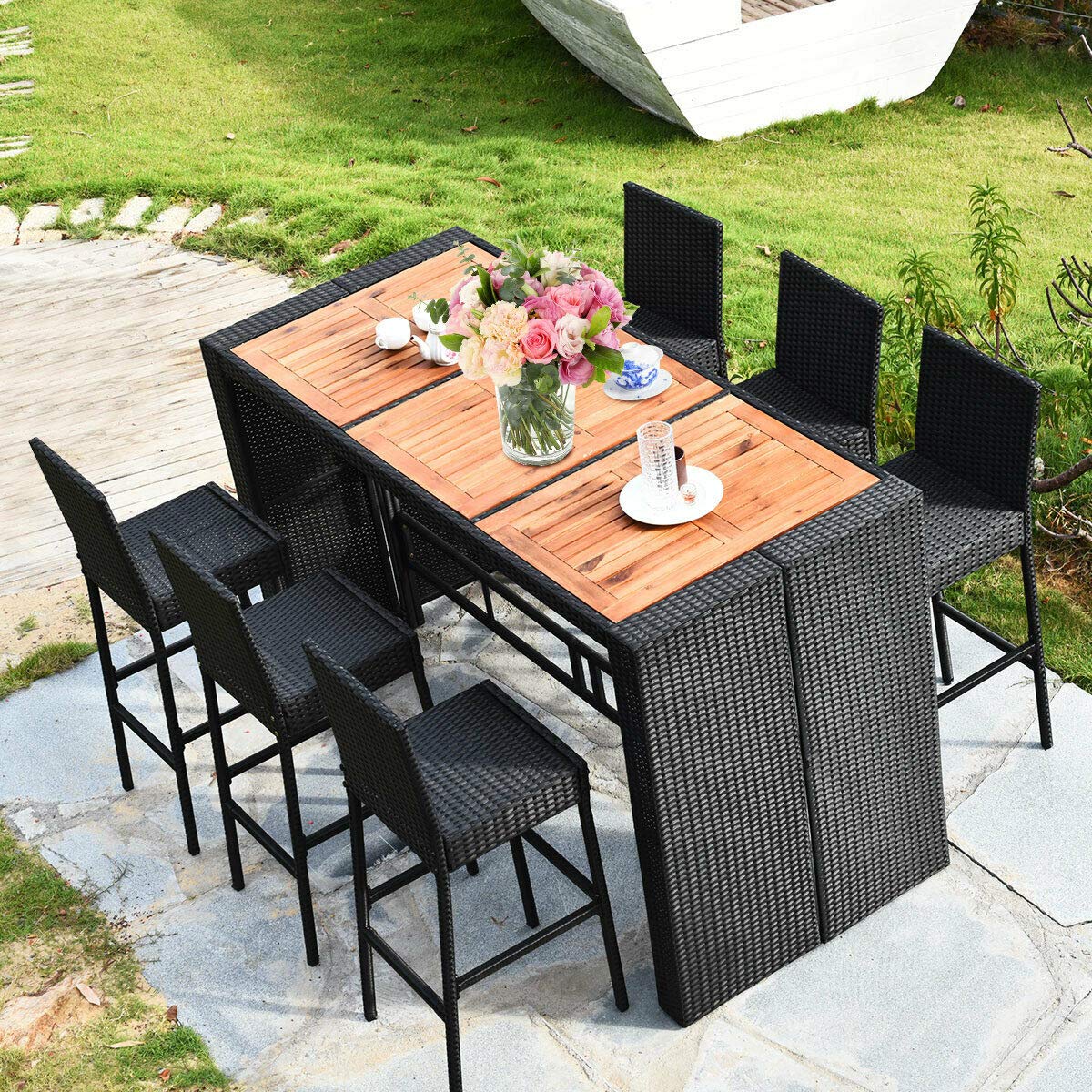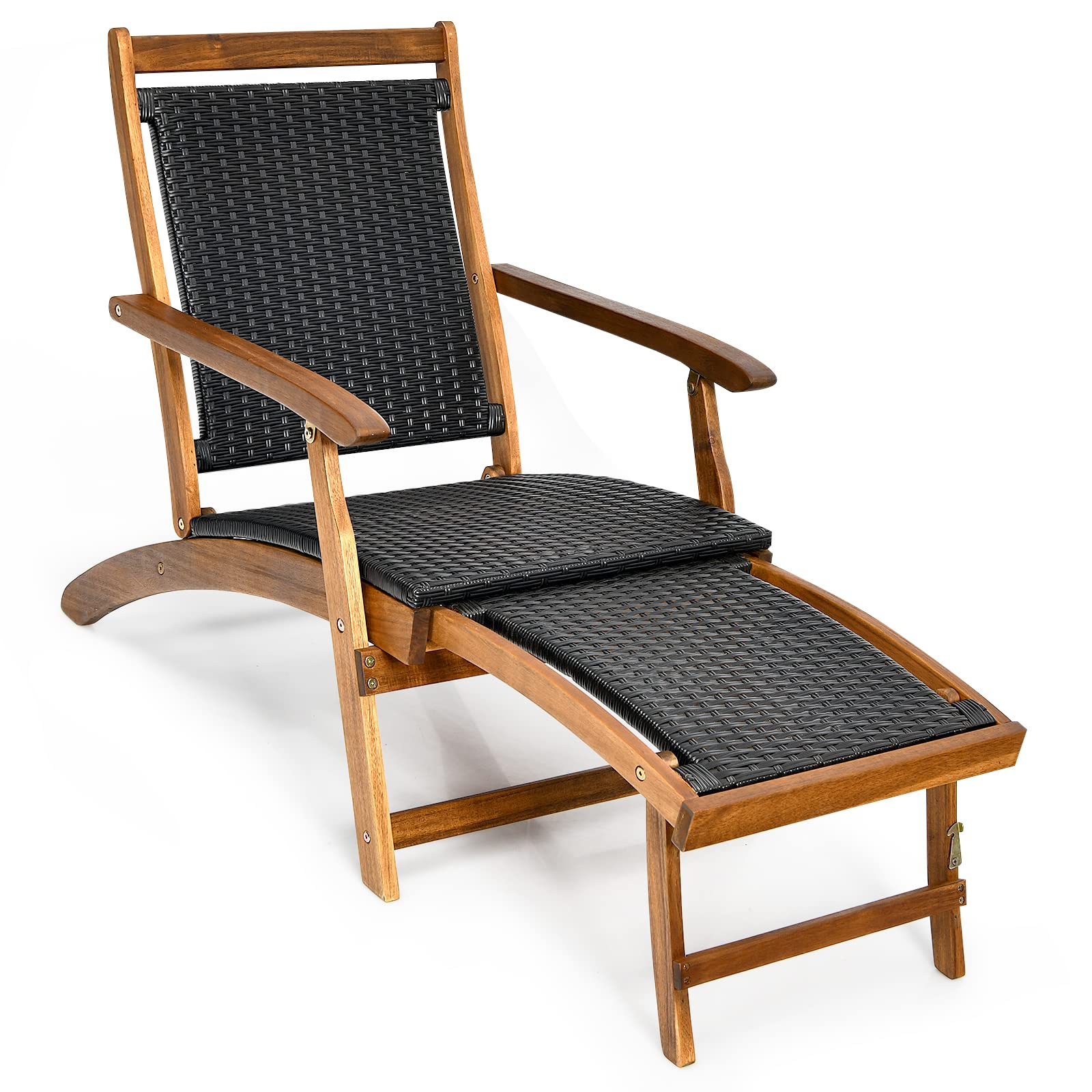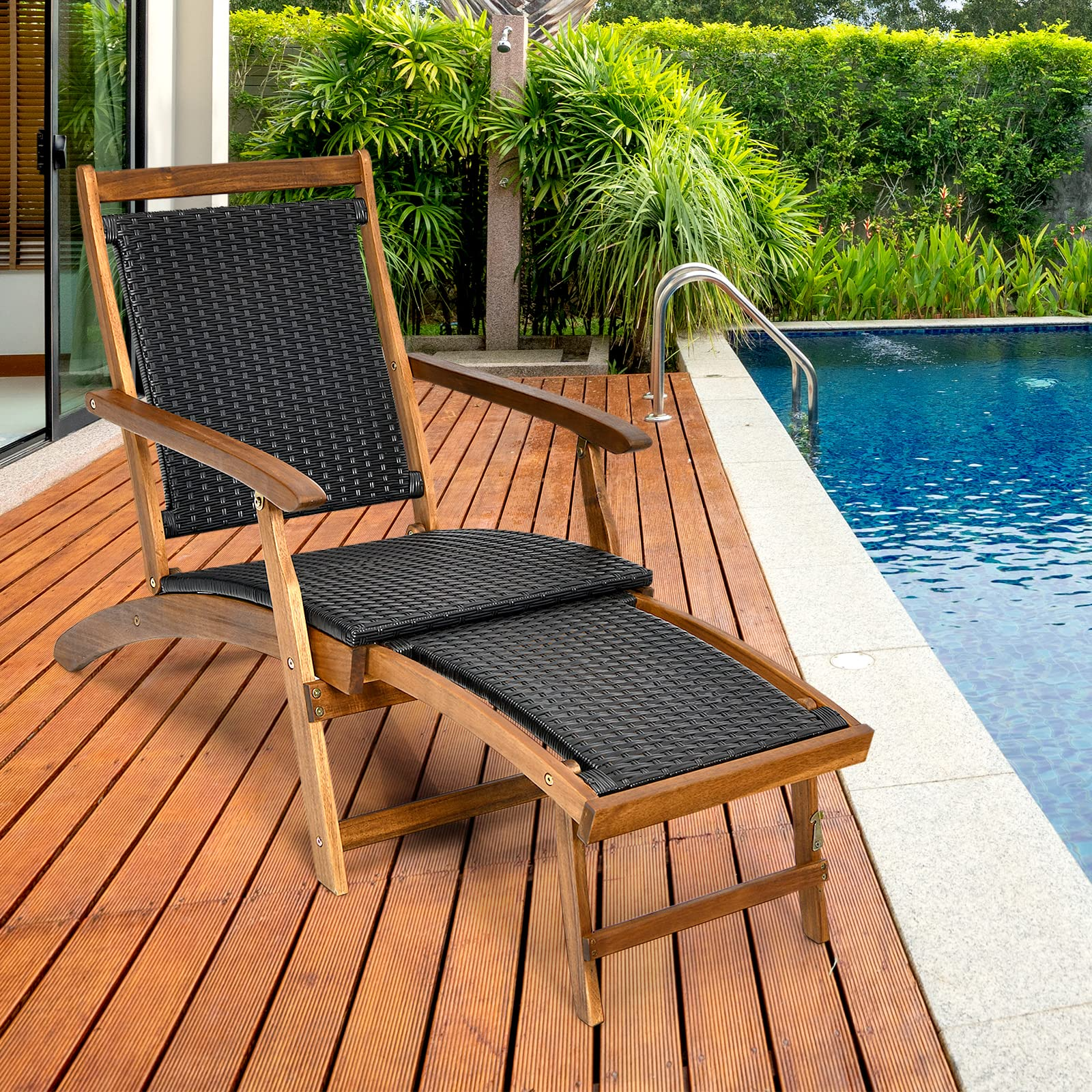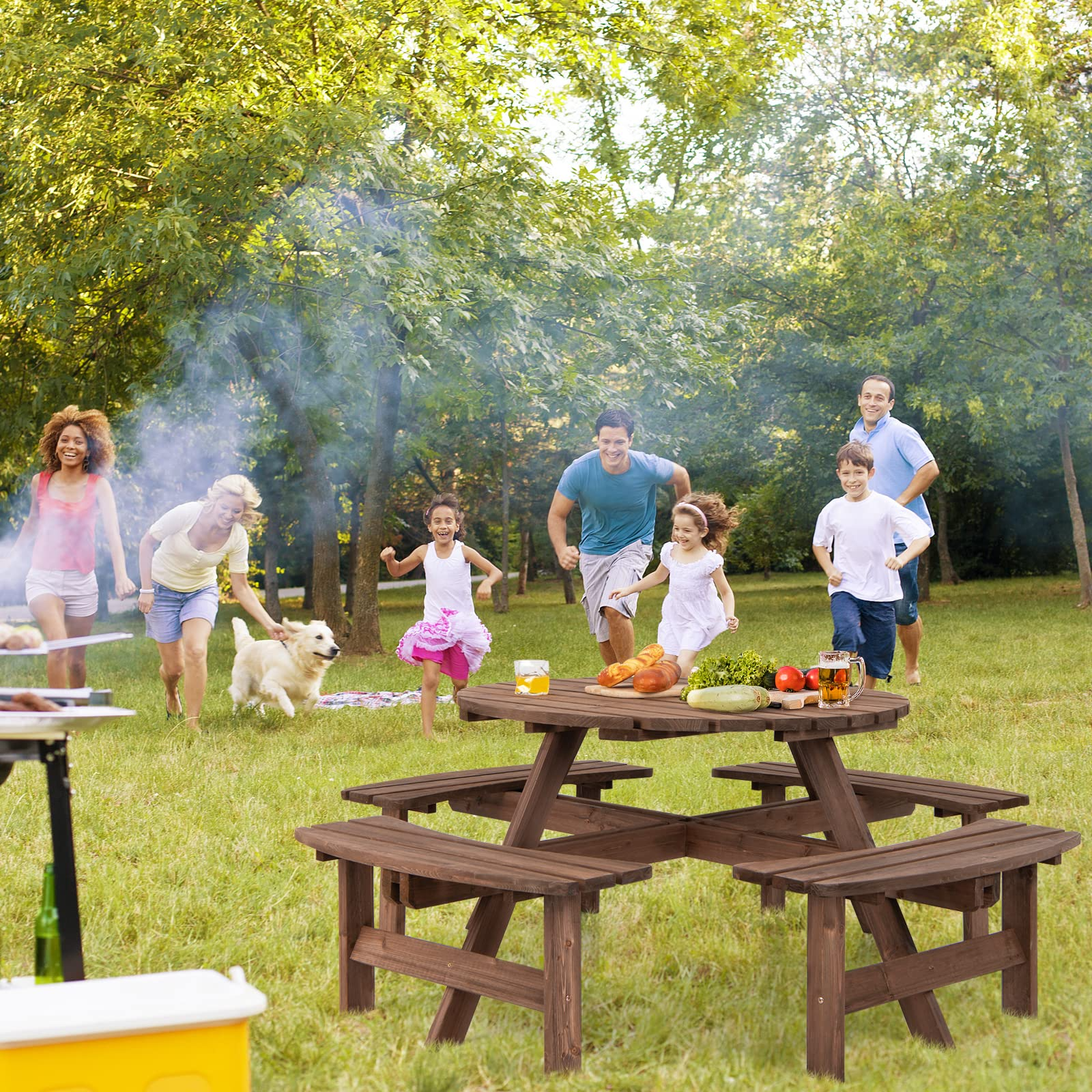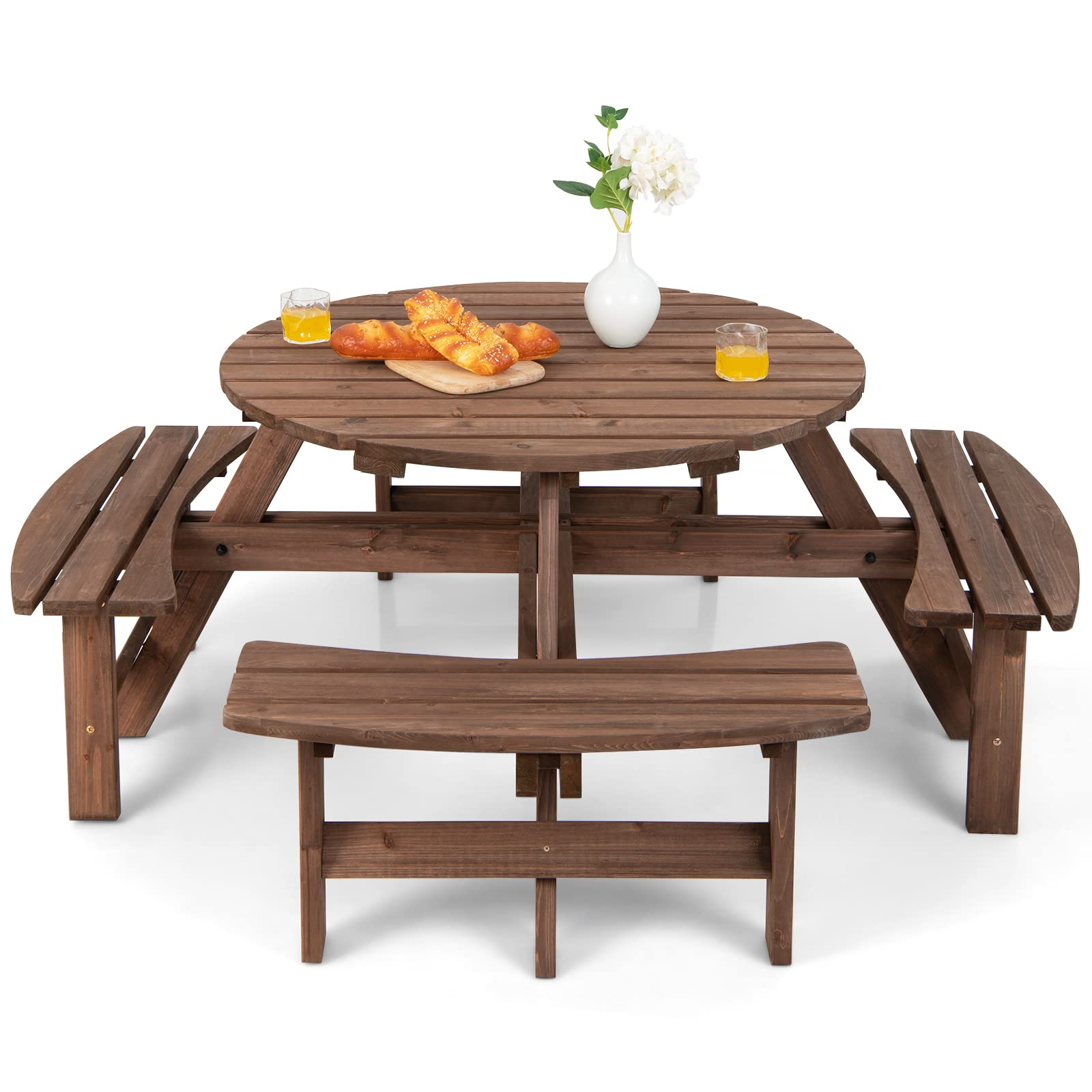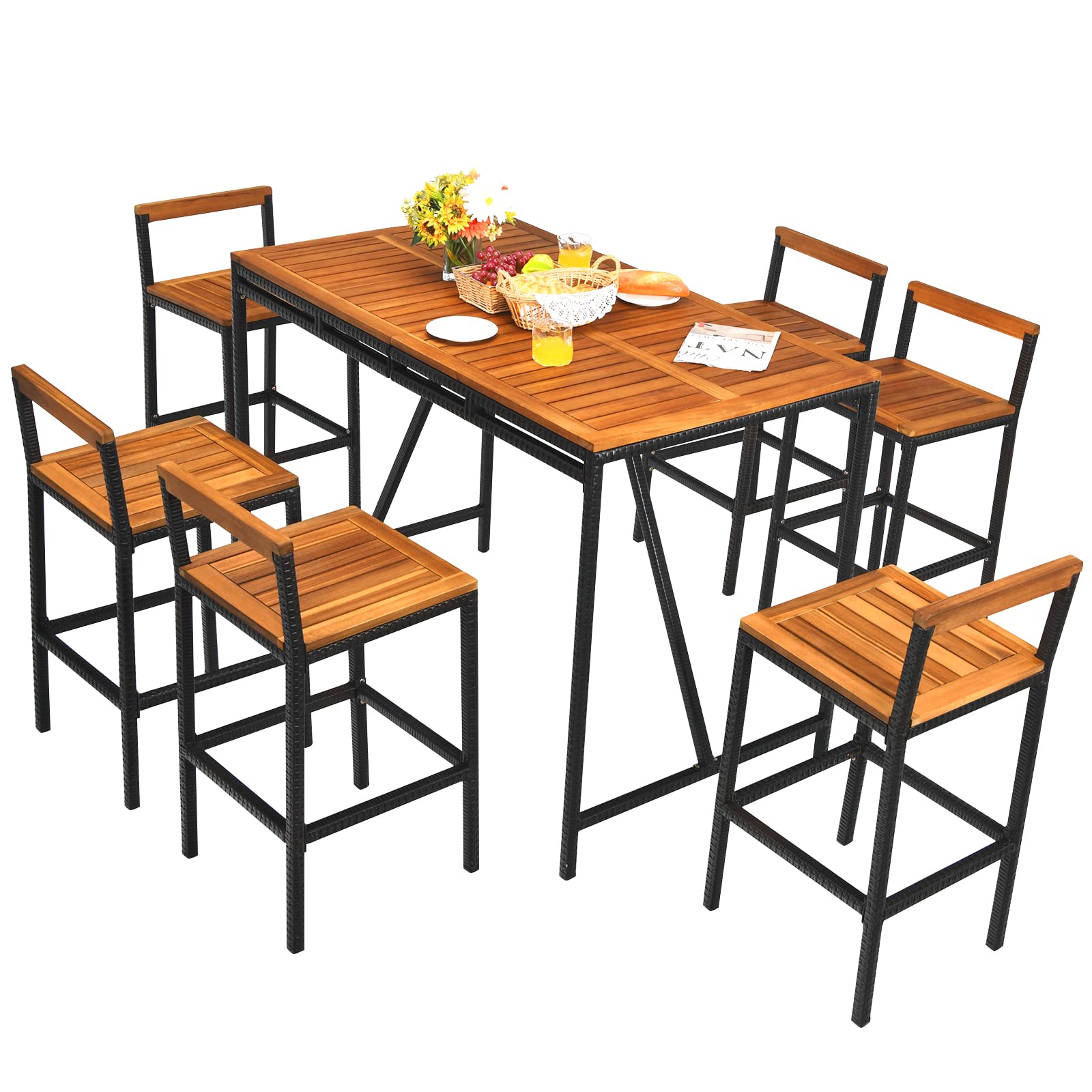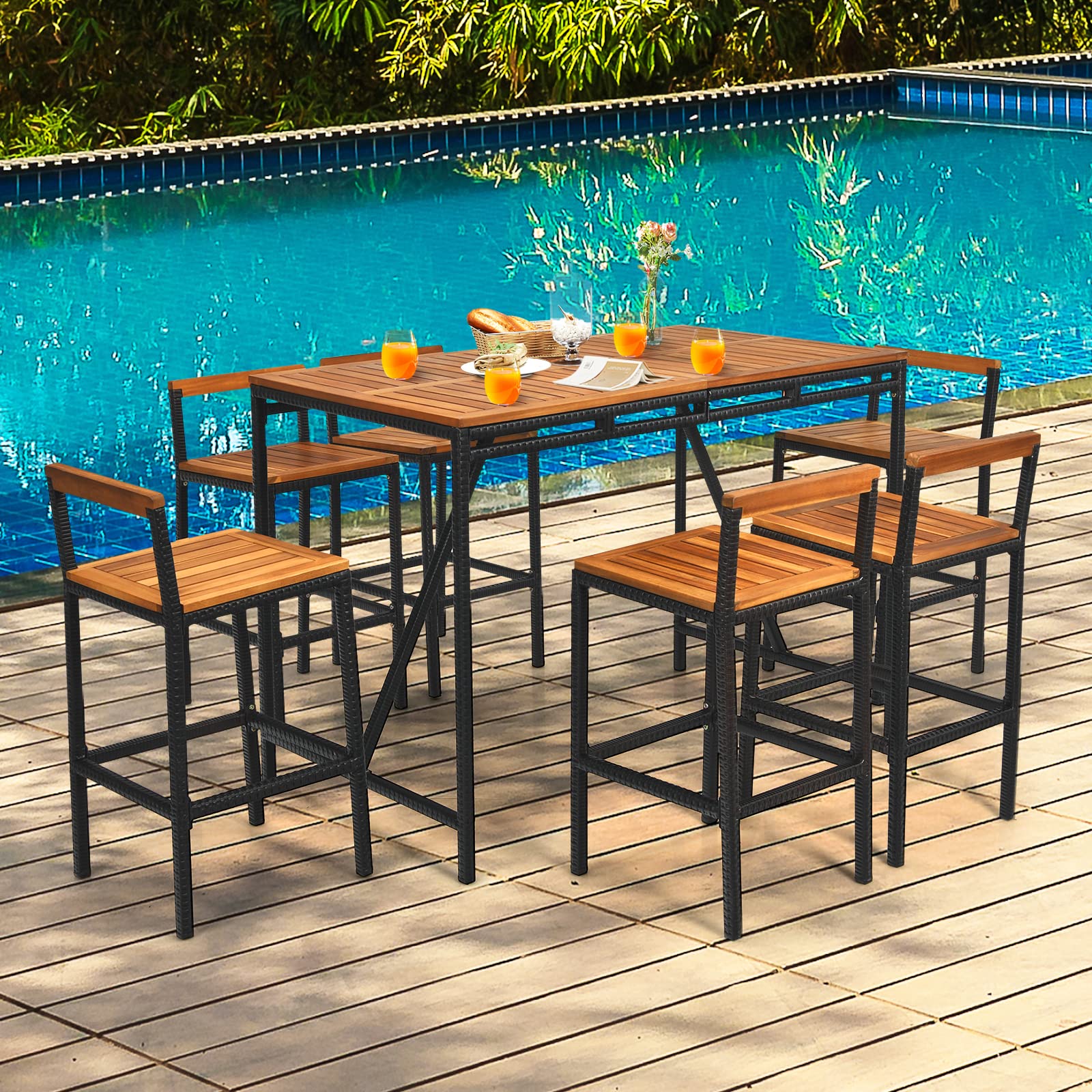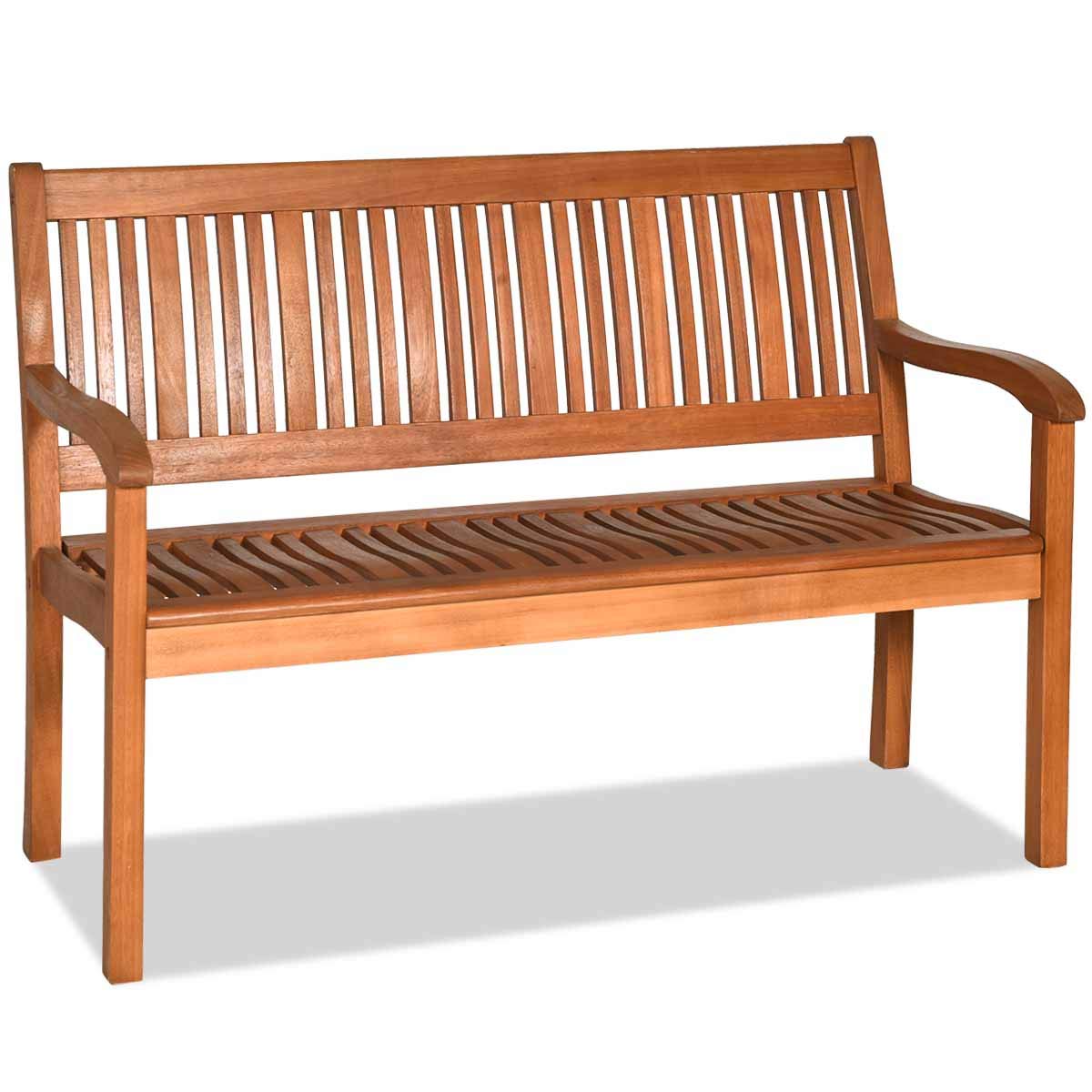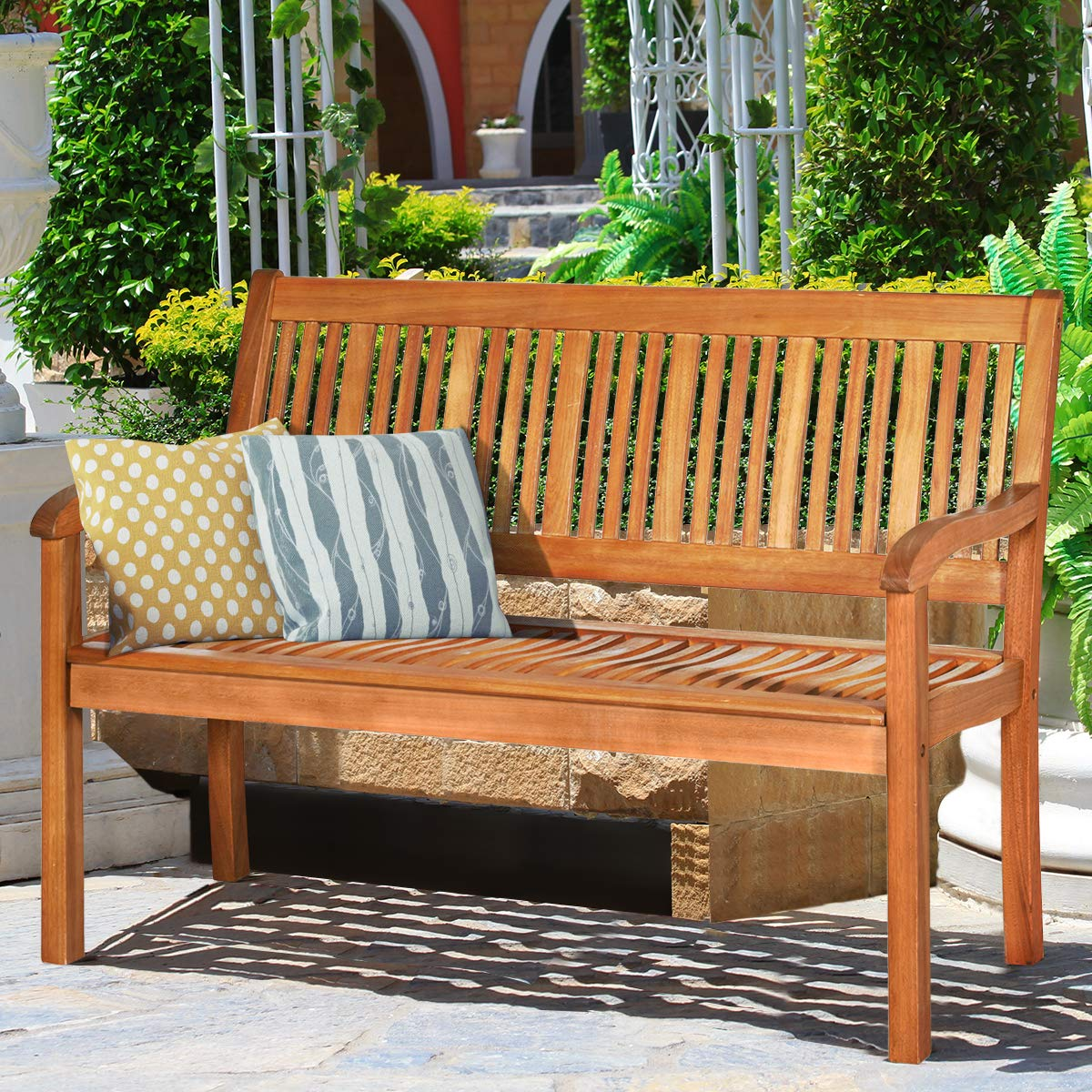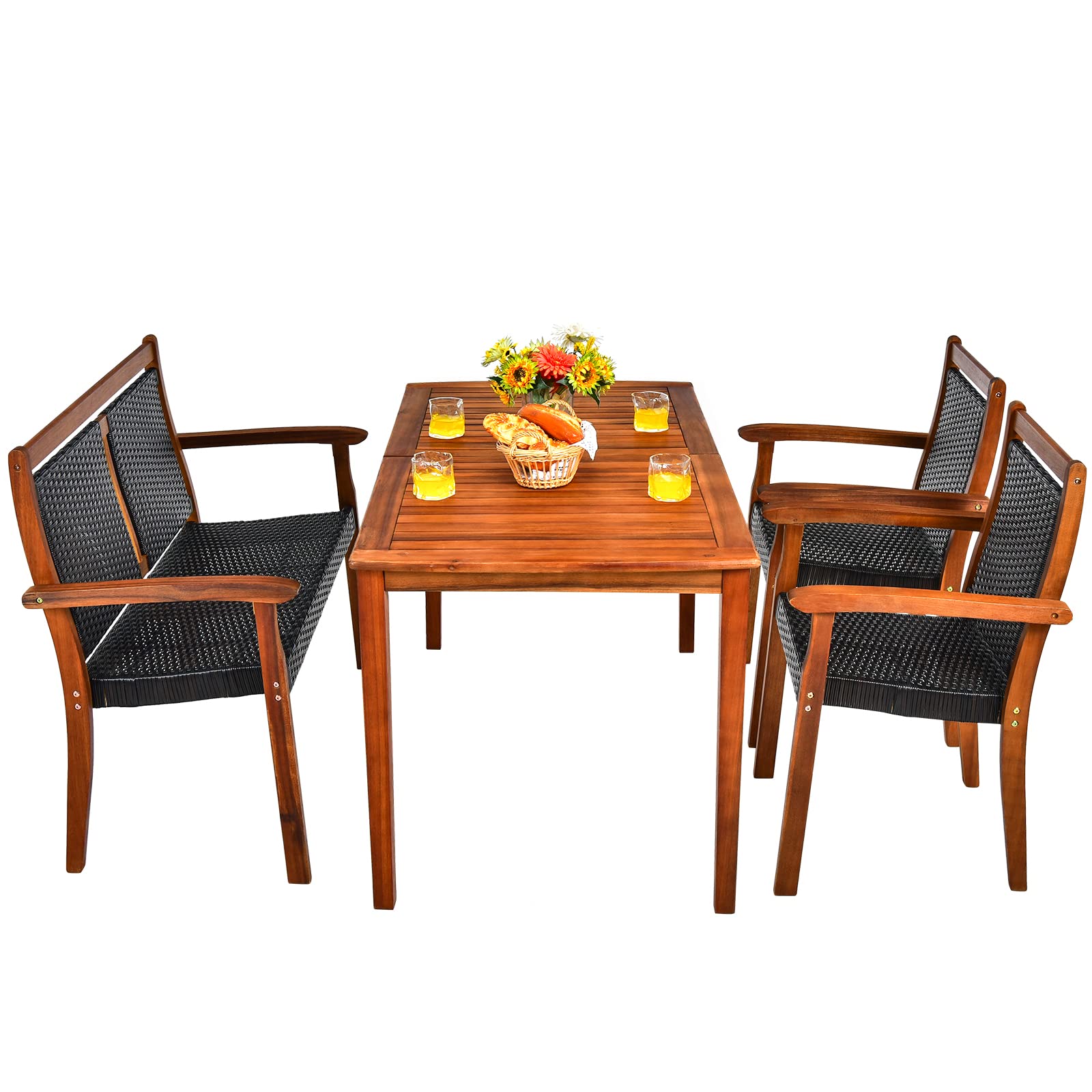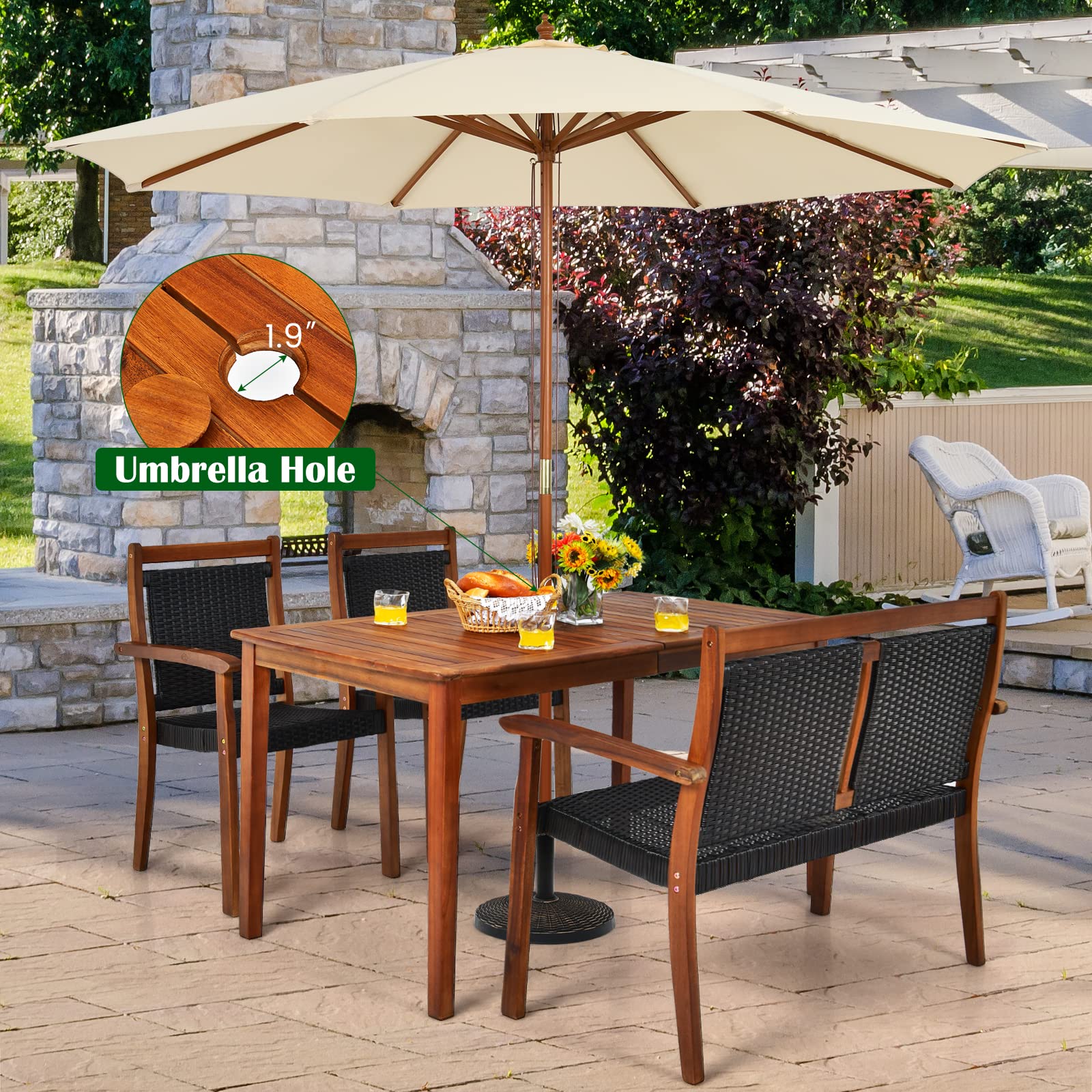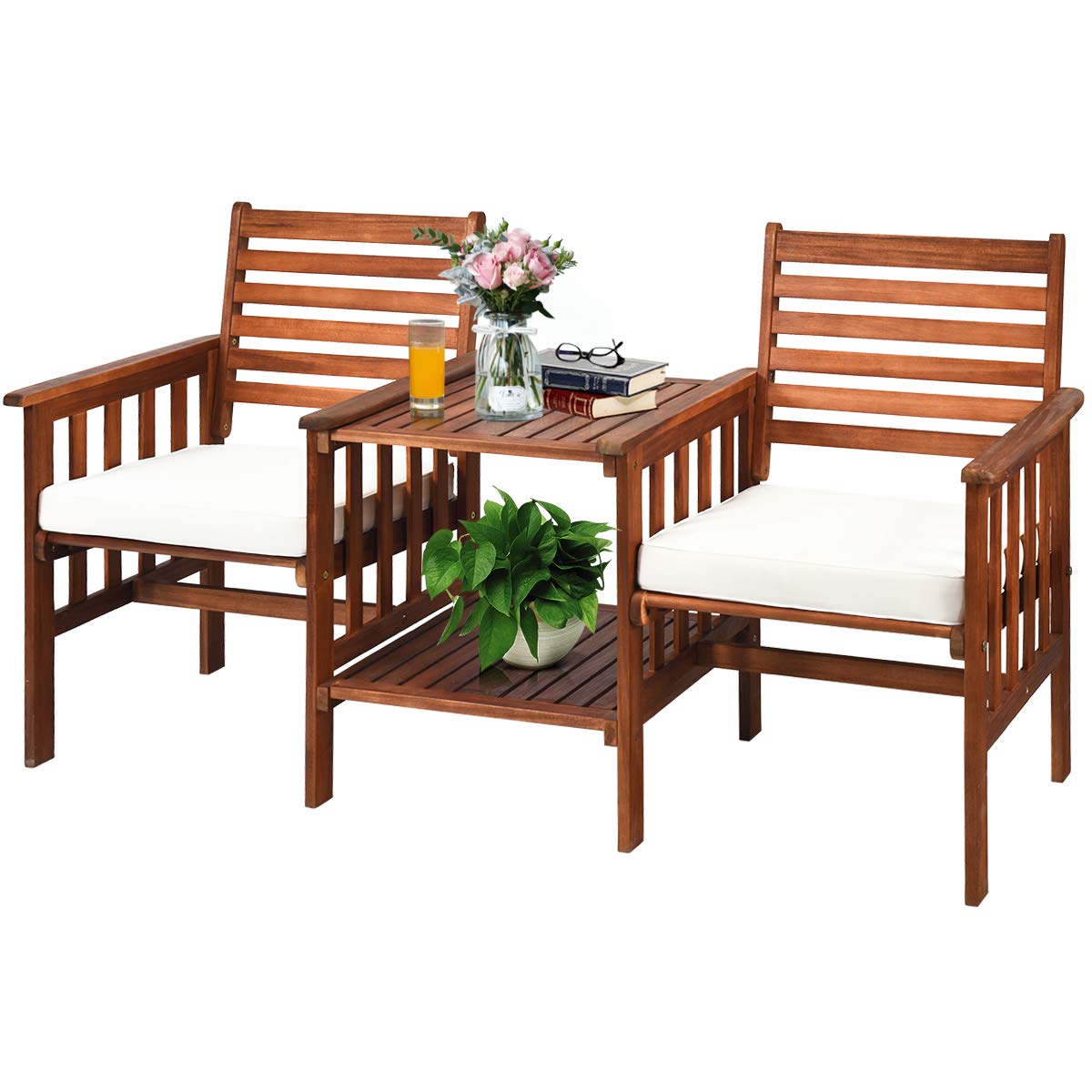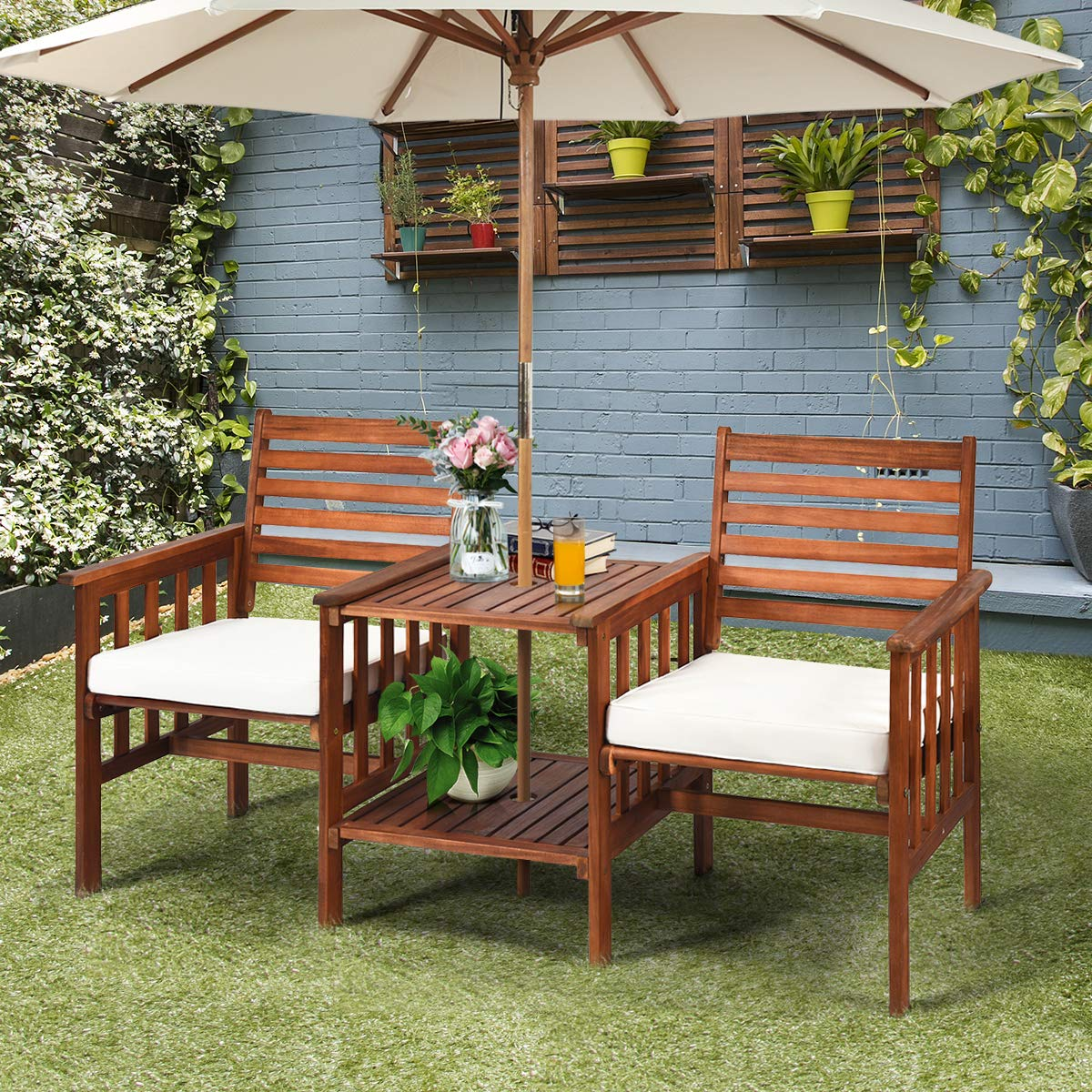Inside this Article:
- Supplies Needed
- Protective Gear
- Soft Brush or Cloth
- Vacuum with a HEPA Filter
- Mild Detergent
- White Vinegar
- Baking Soda
- Hydrogen Peroxide(3%)
- Sandpaper
- Wood Polish or Oil
- Additional Tips
- Steps to Remove Mold
- 1. Safety First
- 2. Vacuum
- 3. Cleaning Solution
- 4. Apply the Solution
- 5. Rinse and Dry
- 6. Baking Soda (Optional)
- 7. Sanding (if necessary)
- 8. Furniture & Wood Polish or Oil
- Preventive Measures Ensure Proper Ventilation
How To Clean Mold Wood Furniture
Wood furniture adds a cozy ambiance to homes and yards. However, outdoor wooden furniture can easily get moldy in humid summer weather. Mold damages the furniture and poses health risks. Preventing mold growth is important to maintain your wood furniture and keep your home healthy.
Taking steps to stop mold growth is crucial for the upkeep of your wood furniture. Additionally, it helps create a healthier living environment. Here are some effective preventive measures to keep your wood furniture mold-free:
Supplies Needed
Protective Gear
Gloves:
- Use rubber or latex gloves to protect your hands from mold spores and cleaning solutions.
Mask:
- A mask, preferably an N95 respirator, will prevent you from inhaling mold spores, which can be harmful to your health.
Goggles:
- Wear goggles to protect your eyes from mold spores and cleaning agents.
Soft Brush or Cloth
Soft Brush:
- A soft-bristled brush is ideal for gently scrubbing mold off the wood surface without damaging it. A toothbrush can work well for intricate areas.
Cloth:
- Use a clean, soft cloth to apply cleaning solutions and wipe the wood. Microfiber cloths are particularly effective as they trap dust and mold spores.
Vacuum with a HEPA Filter
HEPA Filter:
- A vacuum with a HEPA filter is important. It can capture small mold spores and prevent them from spreading in the air.
Mild Detergent
- You can use dish soap or any mild household detergent to create a gentle cleaning solution for light mold removal. Avoid harsh chemicals that can damage the wood.
White Vinegar
- Vinegar is a natural antifungal and antibacterial agent. It effectively kills most types of mold and is safe for use on wood. Dilute it with water for a less potent solution.
Baking Soda
- This natural deodorizer and mild abrasive can help remove mold and absorb moisture. Safe to use on most wood surfaces without causing damage.
Hydrogen Peroxide(3%)
- This is a stronger antifungal agent that can kill mold more effectively than vinegar. However, it may cause slight bleaching, so it’s important to test it on a small, inconspicuous area first.
Sandpaper
- You can use fine-grit sandpaper (220-grit or higher) to remove mold that has penetrated the wood surface. Using fine grit is important to avoid damaging the wood.
Wood Polish or Oil
- After cleaning, the wood polish can help restore the shine and protective layer of your furniture. Choose a polish that’s suitable for the type of wood you have.
- Oils like linseed or lemon oil can nourish the wood, restore its luster, and provide some protection against moisture.
Additional Tips
Proper Ventilation:
- Always work in a well-ventilated area to avoid inhaling mold spores and fumes from cleaning agents.
Dry Thoroughly:
- Ensure the wood outdoor furniture is completely dry after cleaning to prevent mold from returning.
Test First:
- Test any solution on a small, hidden area before applying it to the wood to avoid damage or discoloration.
Using these supplies and methods carefully will help you effectively remove mold from wood furniture while preserving its condition.
Steps to Remove Mold
1. Safety First
- Wear protective gear to avoid inhaling mold spores or coming into direct contact with mold.
2. Vacuum
- Use a vacuum with a HEPA filter to remove loose mold spores from the surface. This prevents the spores from spreading.
3. Cleaning Solution
Vinegar Solution:
- Mix equal parts of white vinegar and water. Vinegar is a natural antifungal and will kill most types of mold.
Detergent Solution:
- Mix a few drops of mild detergent with water. This is suitable for light mold.
Hydrogen Peroxide:
- For stubborn mold, use 3% hydrogen peroxide. Test on a small area of your wooden furniture legs first to ensure it doesn’t discolor the wood.
4. Apply the Solution
- Dip a soft brush or cloth into the cleaning solution.
- Gently scrub the moldy area, being careful not to saturate the wood as excessive moisture can damage it.
- For carved or intricate areas, use a soft brush.
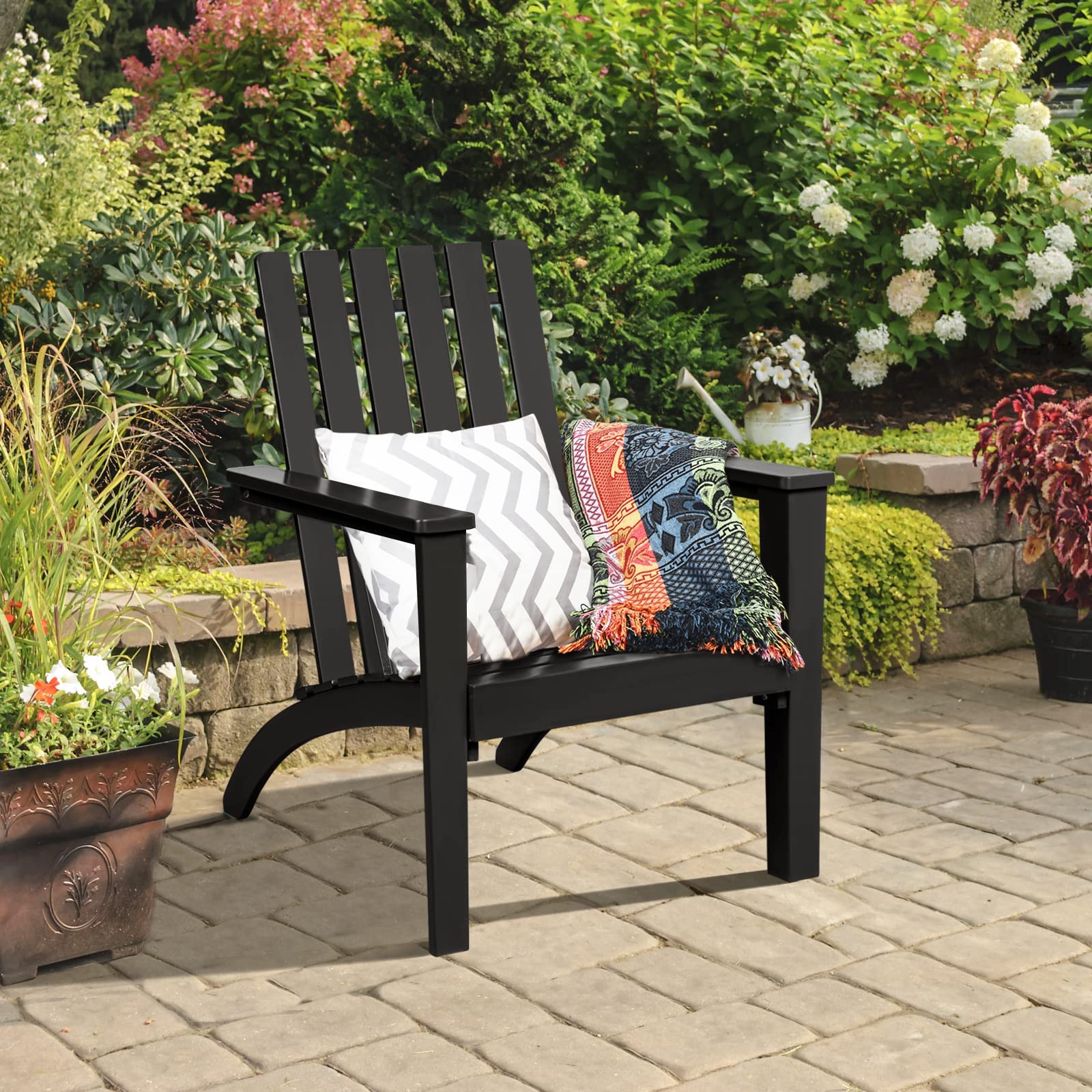
5. Rinse and Dry
- Wipe the wood patio furniture with a clean, damp cloth to remove any residue.
- Dry the wood thoroughly with a clean, dry cloth. Ensure the furniture is completely dry to prevent mold regrowth.
6. Baking Soda (Optional)
- Sprinkle baking soda on the affected area, leave it for an hour, and then vacuum or brush it off. Baking soda helps absorb moisture and deodorizes the wood.
7. Sanding (if necessary)
- If mold has penetrated the wood, lightly sand the affected area with fine-grit sandpaper. Wipe off the dust with a damp cloth and dry the area thoroughly.
8. Furniture & Wood Polish or Oil
- Once the wood is dry and mold-free, apply wood polish or oil to restore its shine and protect the surface.
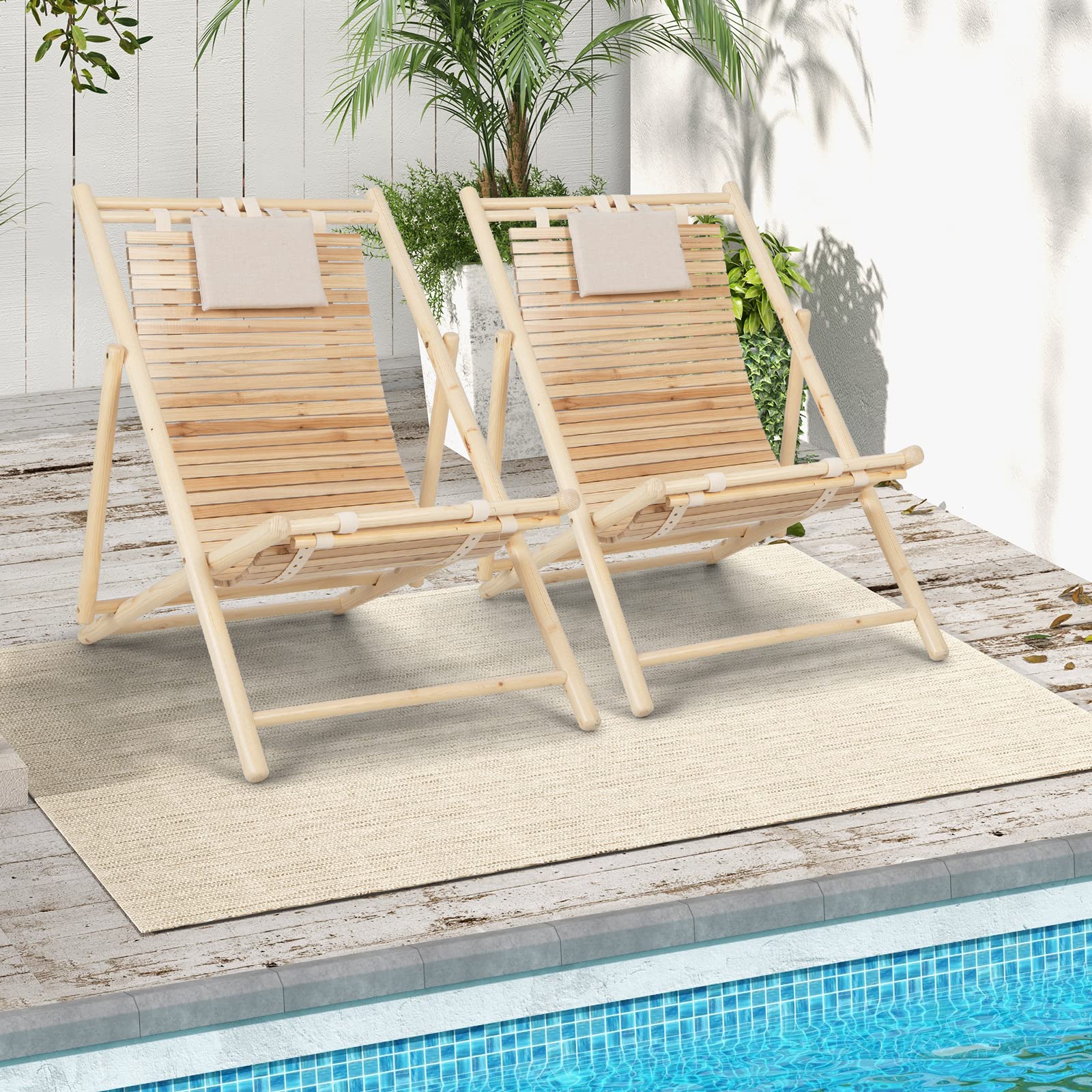
Preventive Measures Ensure Proper Ventilation
Air Circulation:
- Make sure that rooms with wood furniture have good airflow. Use fans or open windows to improve air circulation.
Exhaust Fans:
- In areas prone to moisture, such as bathrooms and kitchens, use exhaust fans to reduce humidity levels.
Use a Dehumidifier
- To reduce humidity levels in your home, use a dehumidifier in damp areas such as basements. Aim to keep indoor humidity below 60%. This helps prevent mold growth.
Control Indoor Humidity
Humidity Monitor:
- Use a hygrometer to monitor indoor humidity levels. Ideal indoor humidity is between 30-50%.
Air Conditioning:
- Running an air conditioner during humid months can help reduce indoor humidity levels.
Avoid Water Exposure
Spill Management:
- Wipe up spills on wood furniture immediately to prevent water from soaking into the wood.
Placement:
- Don't put wooden furniture in wet places like basements or near water sources like windows that get condensation often.
Regular Cleaning
Dusting:
- Dust your wood furniture regularly with a dry or slightly damp microfiber cloth. This prevents dust and debris, which can hold moisture and promote mold growth.
Polishing:
- Periodically polish your wood furniture with products designed to protect the wood and create a barrier against moisture.
Use Mold-Resistant Products
- Consider applying mold-resistant paints, finishes, or sealants to your wood furniture, especially if it's in a humid environment.
Improve Home Insulation
- Properly insulate your home to prevent condensation, which can lead to mold growth. This includes insulating walls, roofs, and around windows.
Control Room Temperature
- Keep indoor temperatures relatively stable. Fluctuating temperatures can cause condensation, leading to moisture buildup on wood surfaces.
Address Leaks and Dampness
Repair Leaks:
- Fix any leaks in your home, whether from the roof, plumbing, or windows. Even small leaks can create damp conditions conducive to mold growth.
Gutter Maintenance:
- Clean your gutters often. Ensure they direct water away from your home's foundation. This will prevent water seepage in basements or crawl spaces.
- Use Mold Inhibitors
Mold Inhibitors:
- Consider adding mold inhibitors to paints and stains when treating wood furniture. These chemicals help prevent mold spores from taking hold.
Strategic Placement
Avoid Basements:
- If possible, avoid placing wood furniture in basements or other areas prone to dampness.
Off the Ground:
- In basements or damp areas, keep wood furniture off the ground to prevent moisture from wicking up from the floor.
Follow these steps to reduce the chances of mold growing on your wood furniture. This will help maintain its appearance and increase its longevity. Keeping mold at bay will ensure that your furniture stays in good condition for a longer time.
By incorporating these preventive measures into your routine, you can effectively clean wood furniture from mold growth. Taking care of your furniture and keeping it clean will help it last longer and make your home healthier. Remember, prevention is always easier and more effective than dealing with mold after it appears. Take these steps now to enjoy your wood furniture for years to come.
To find more details on types of wood for furniture, refer to the following article for instructions.

